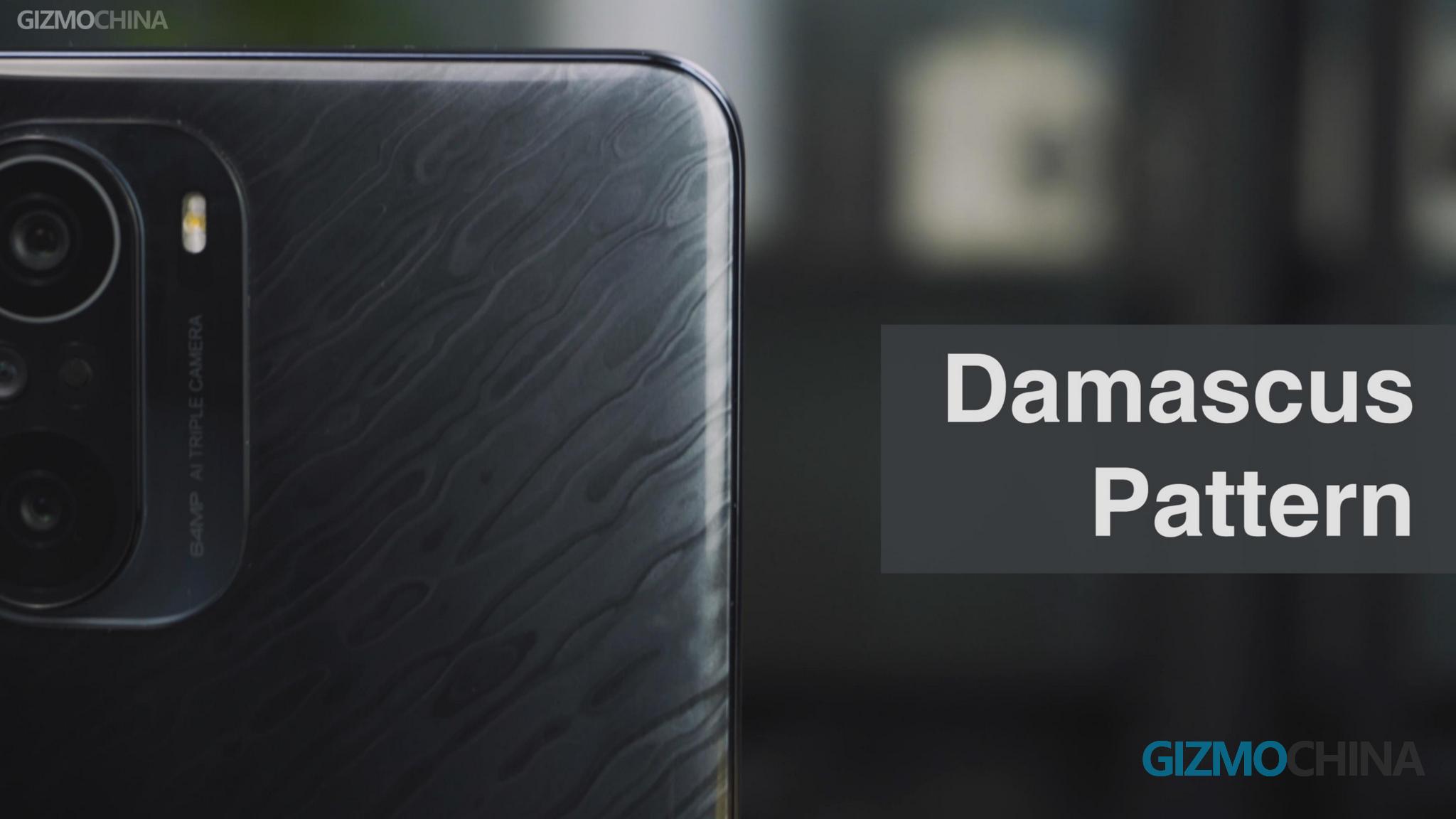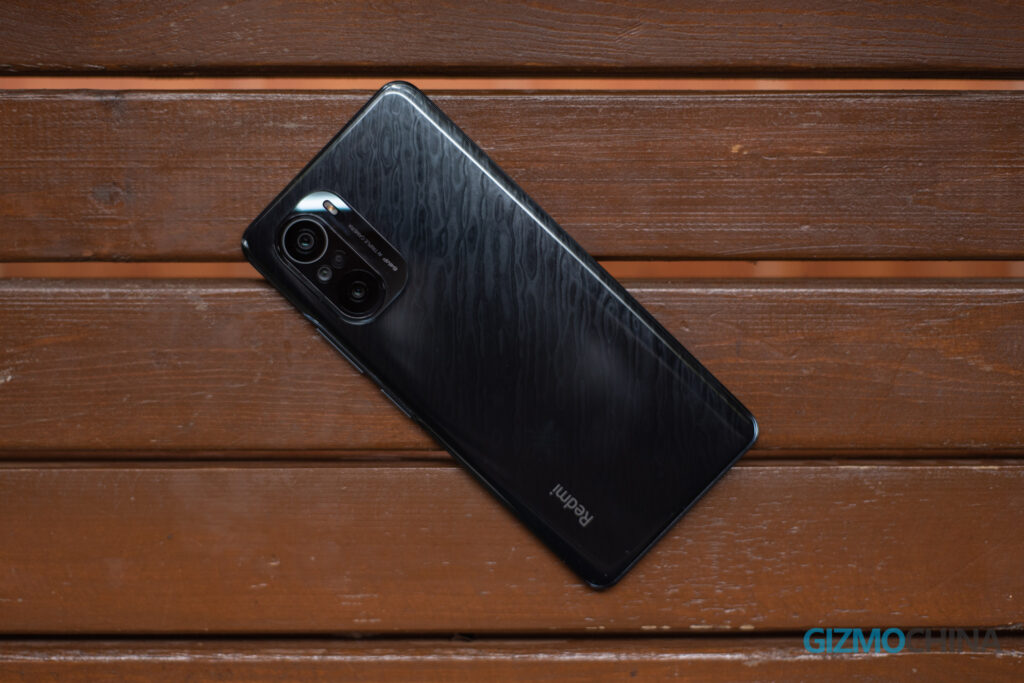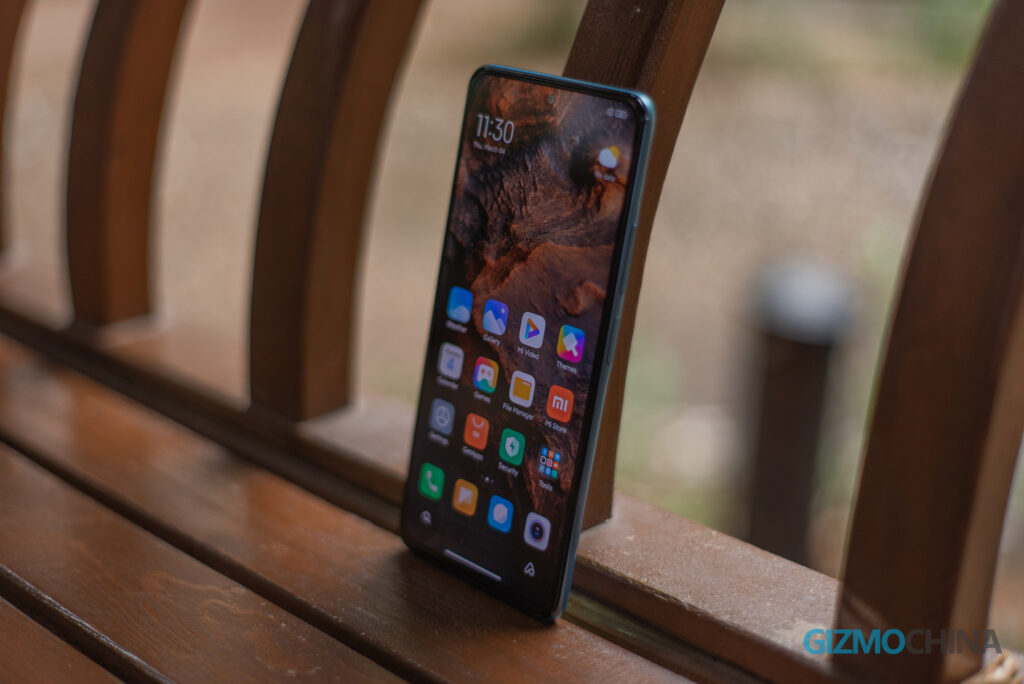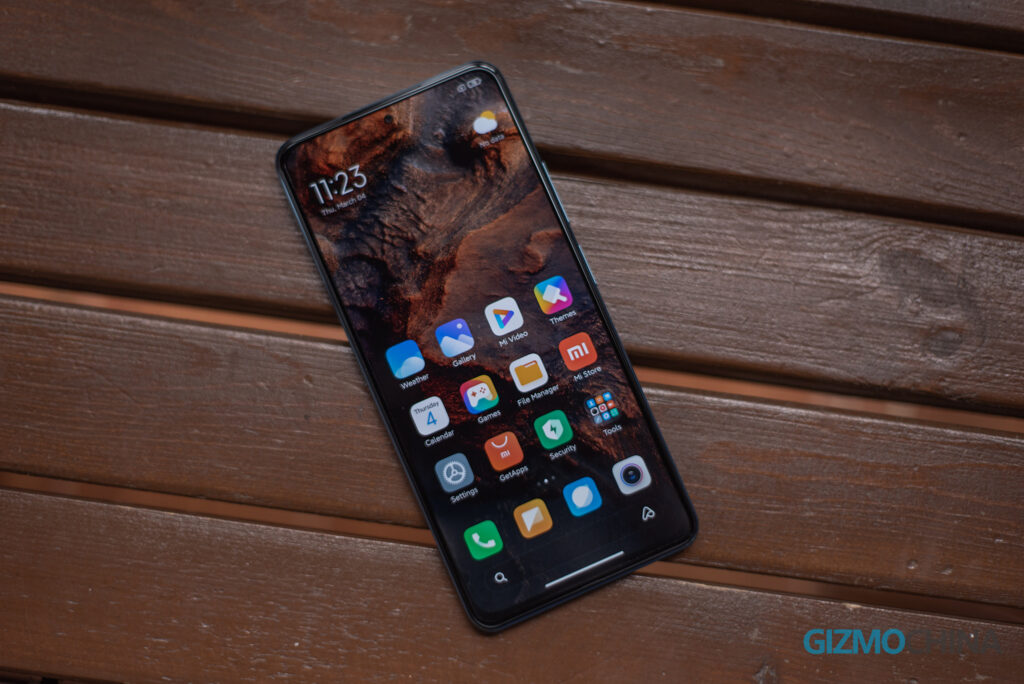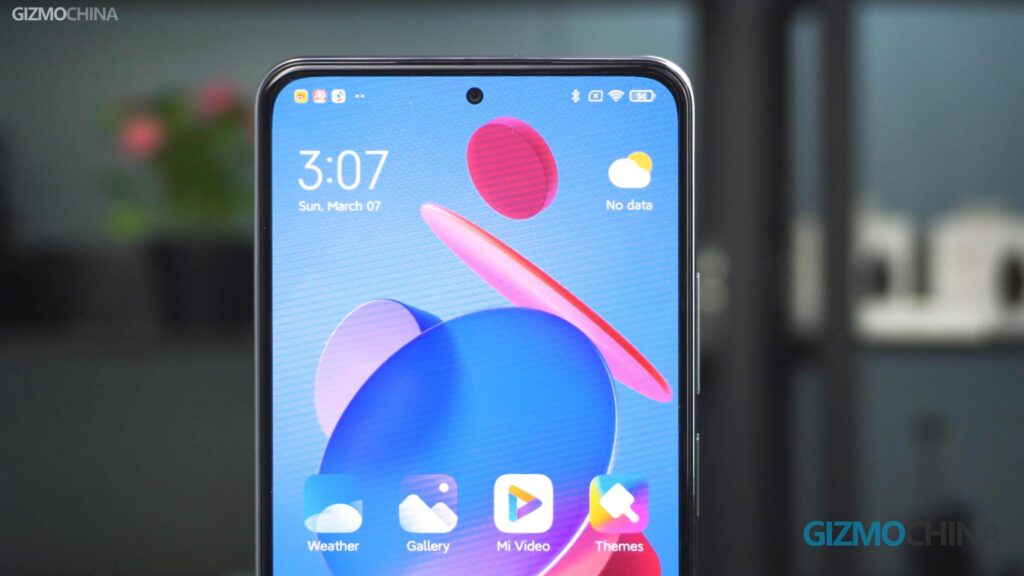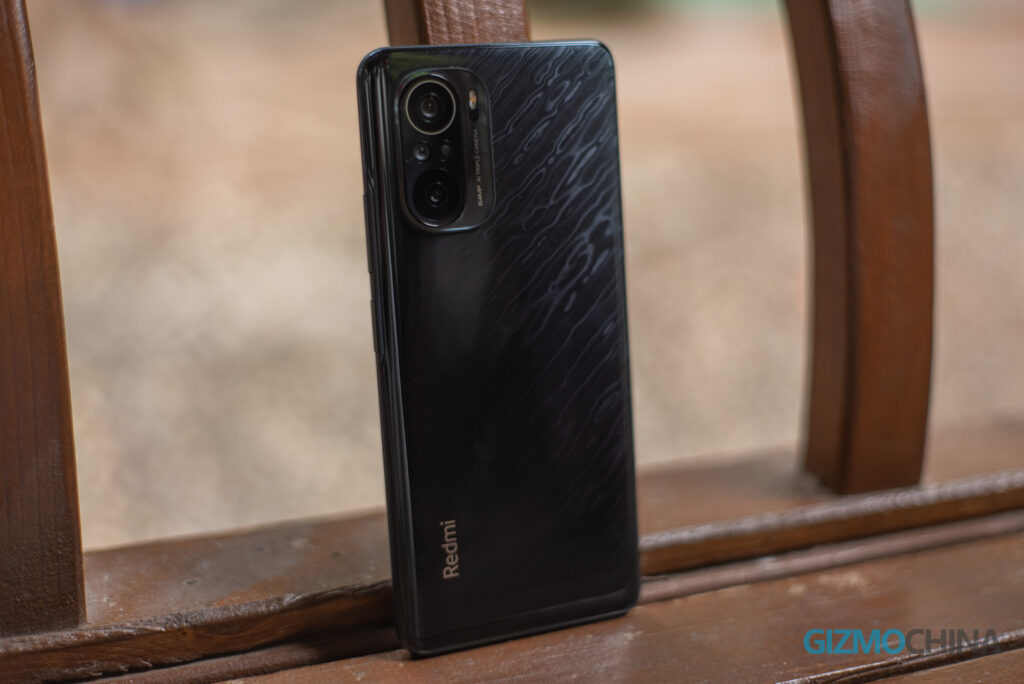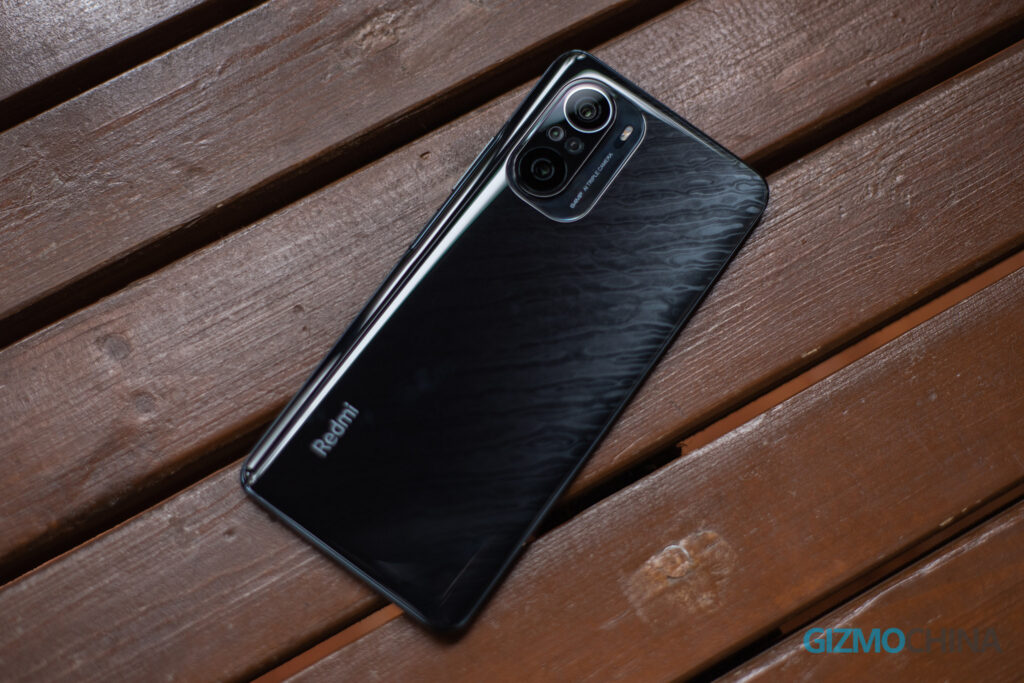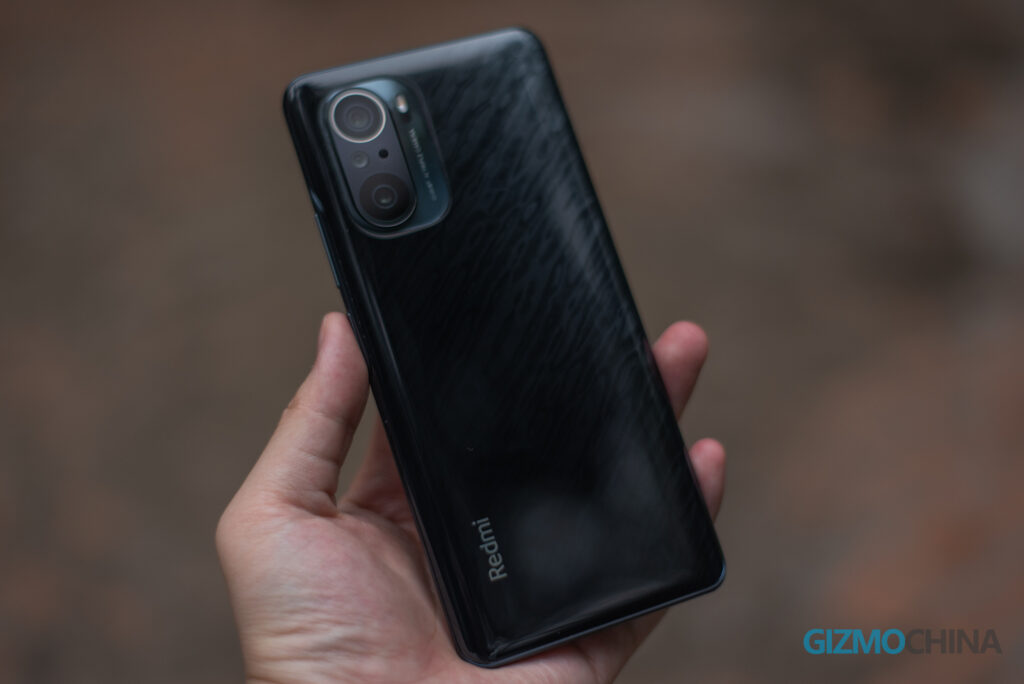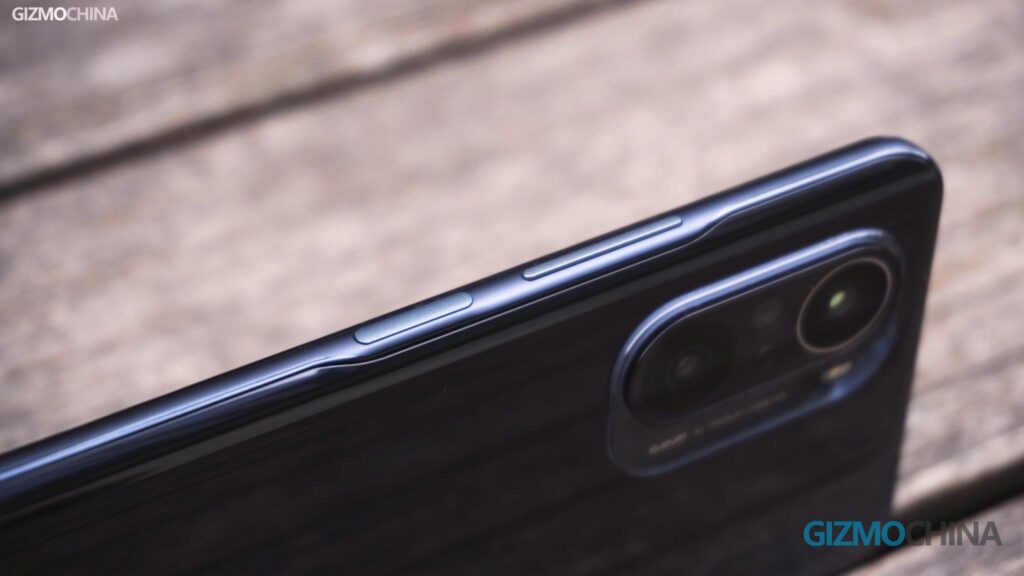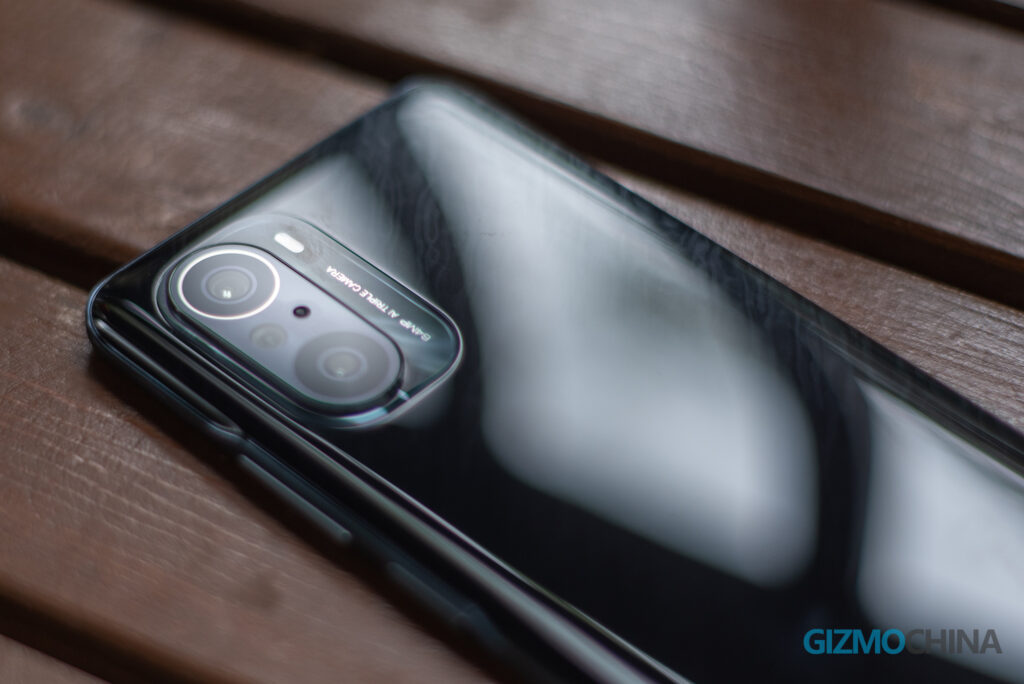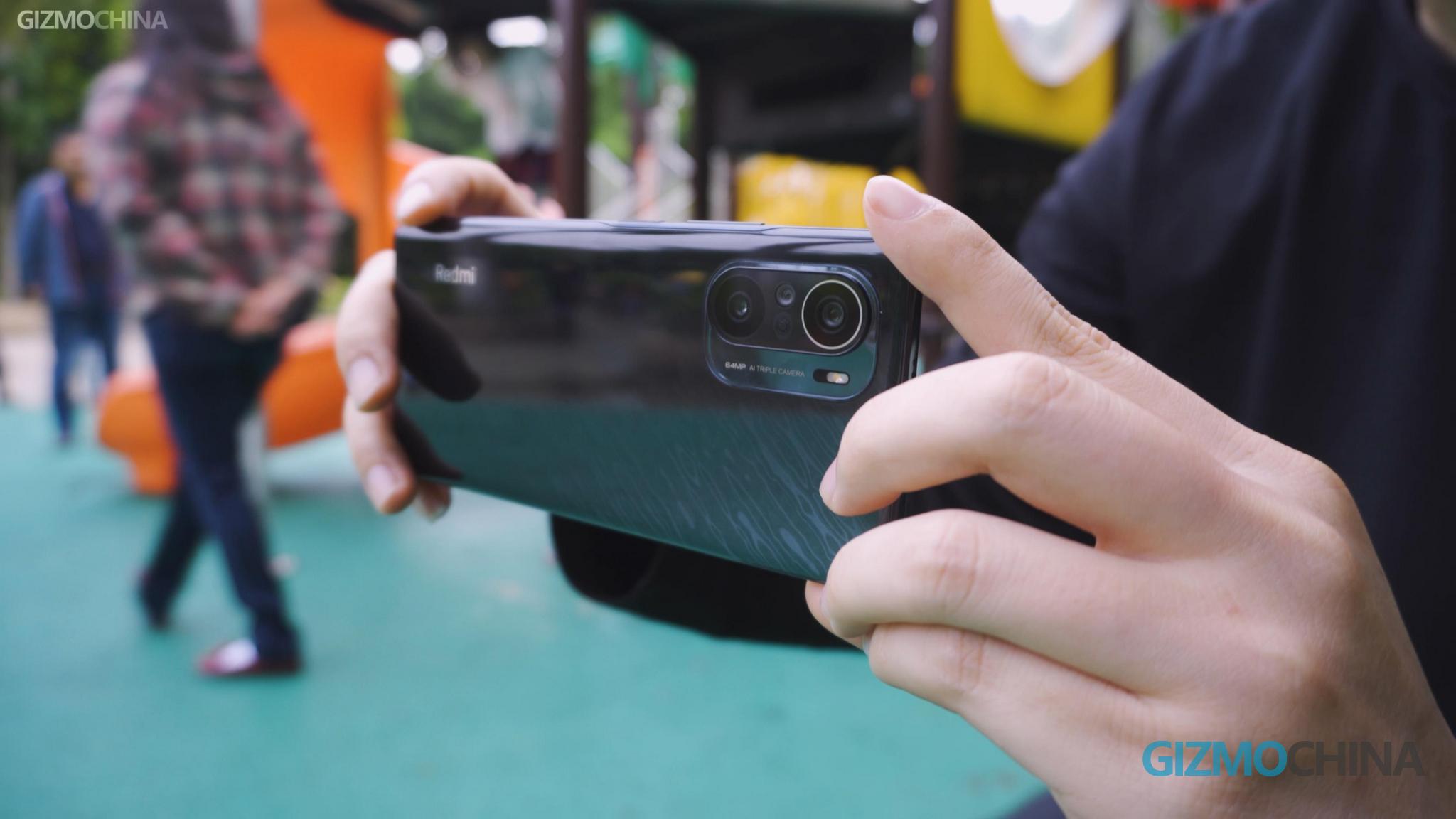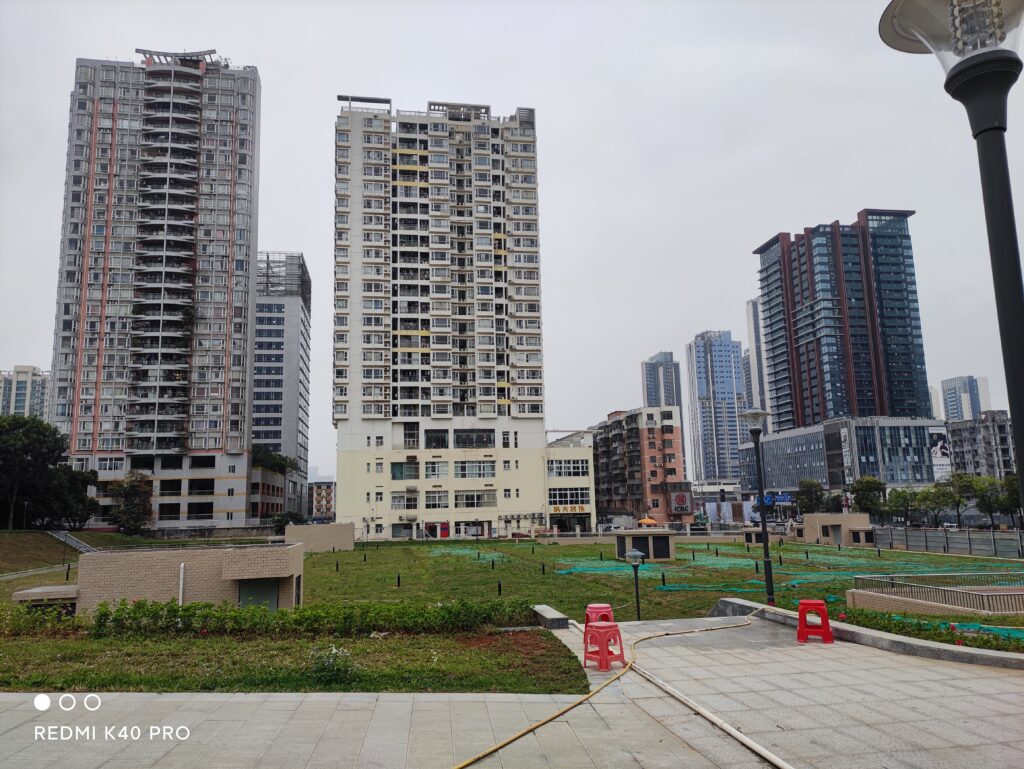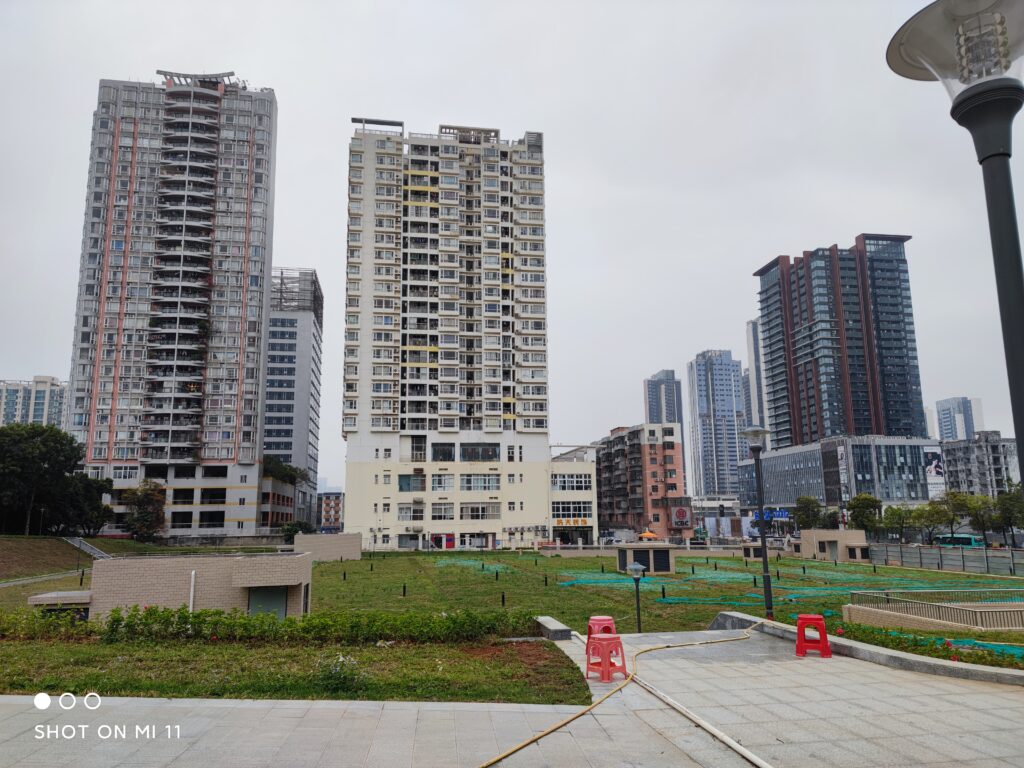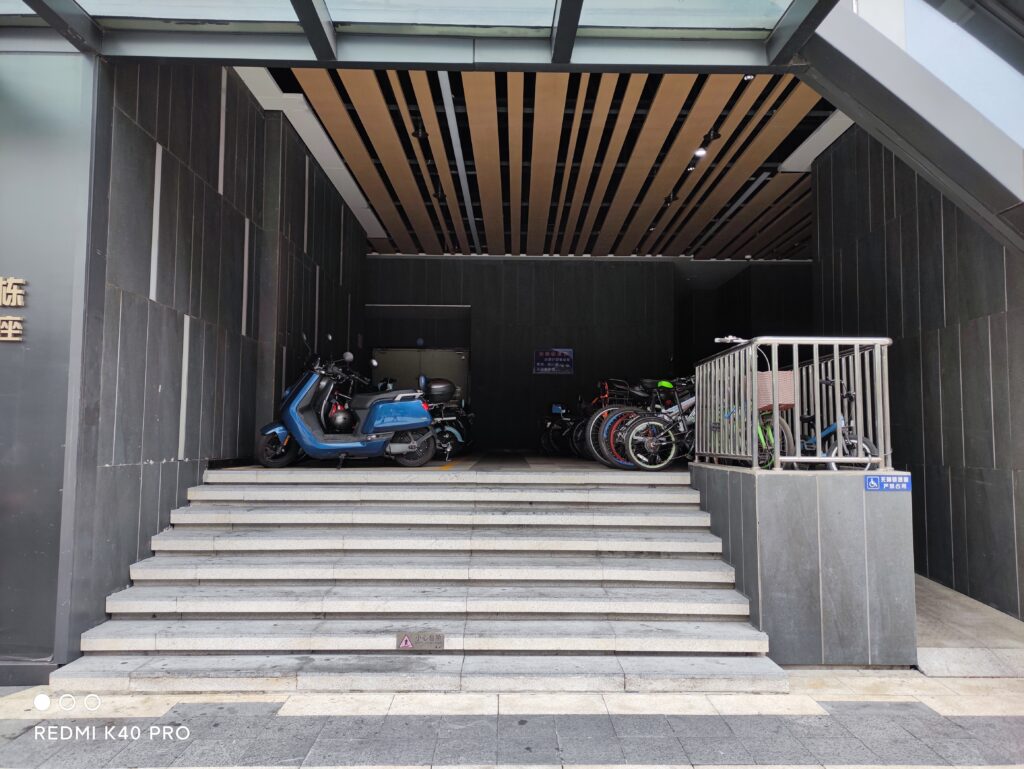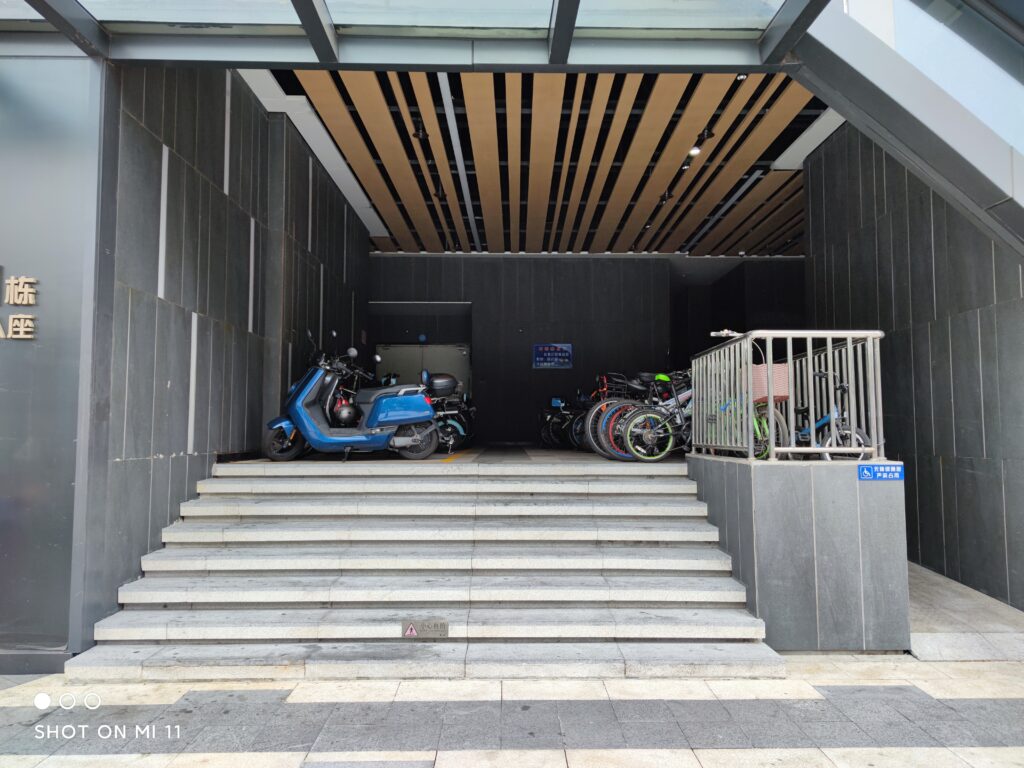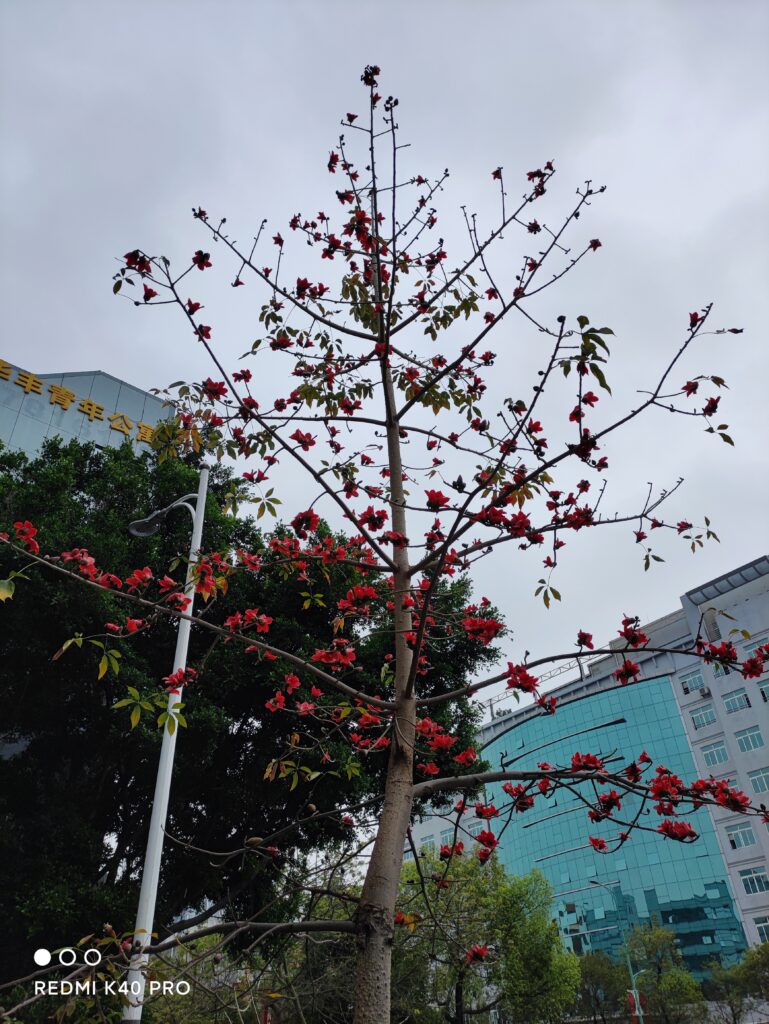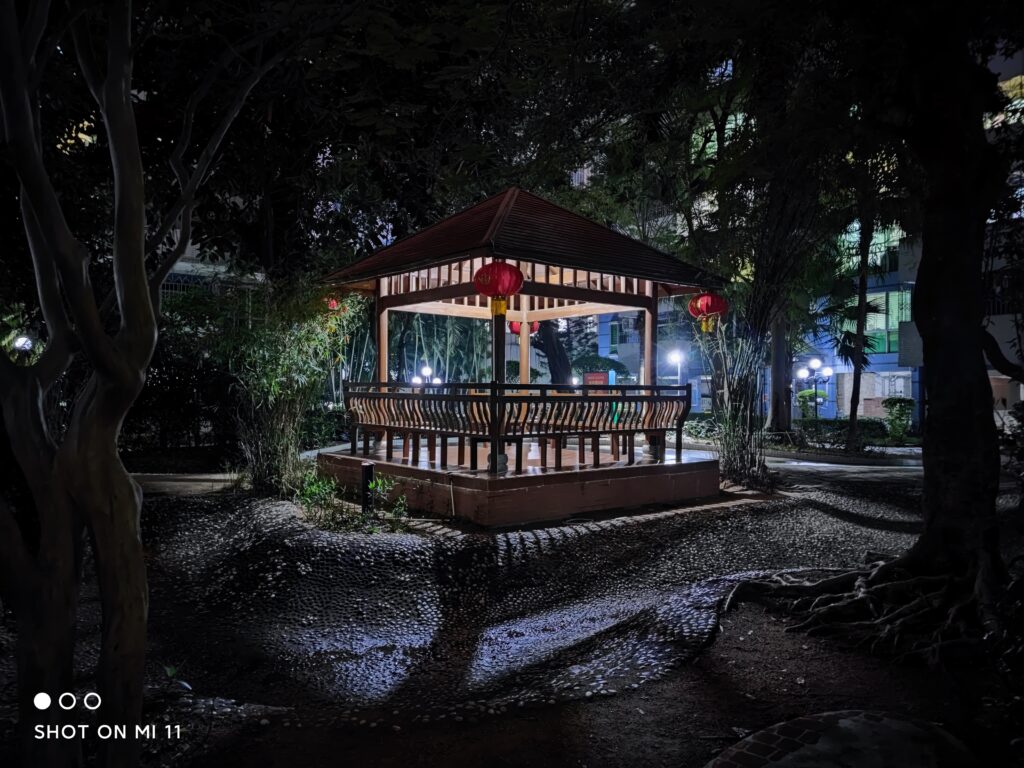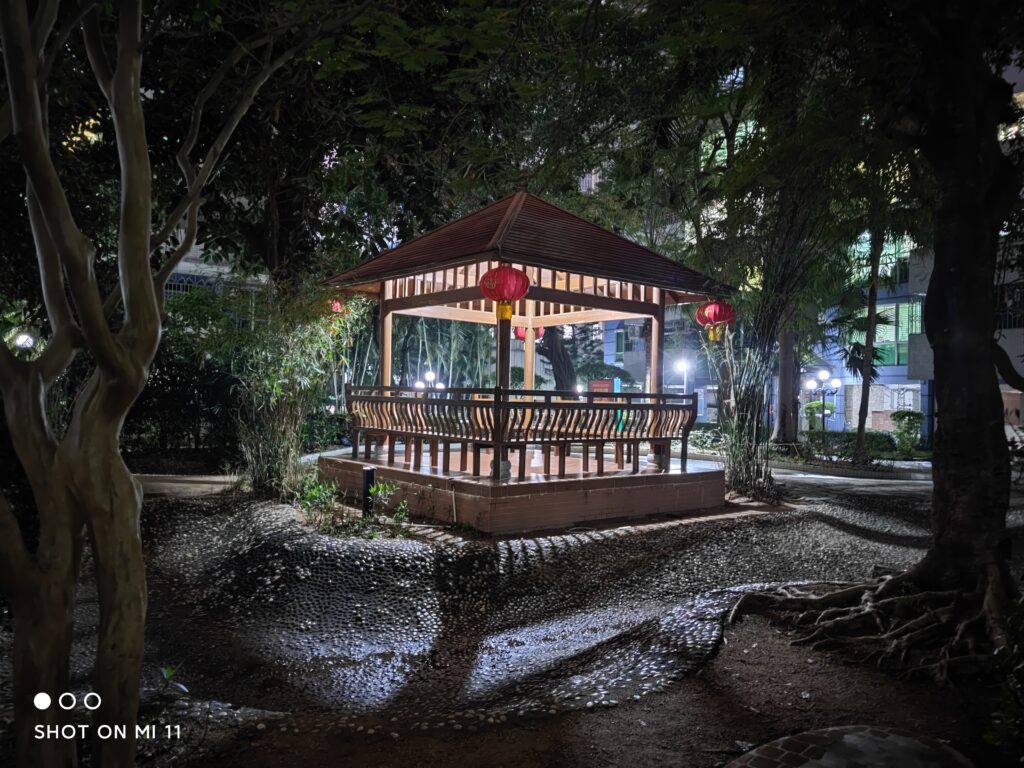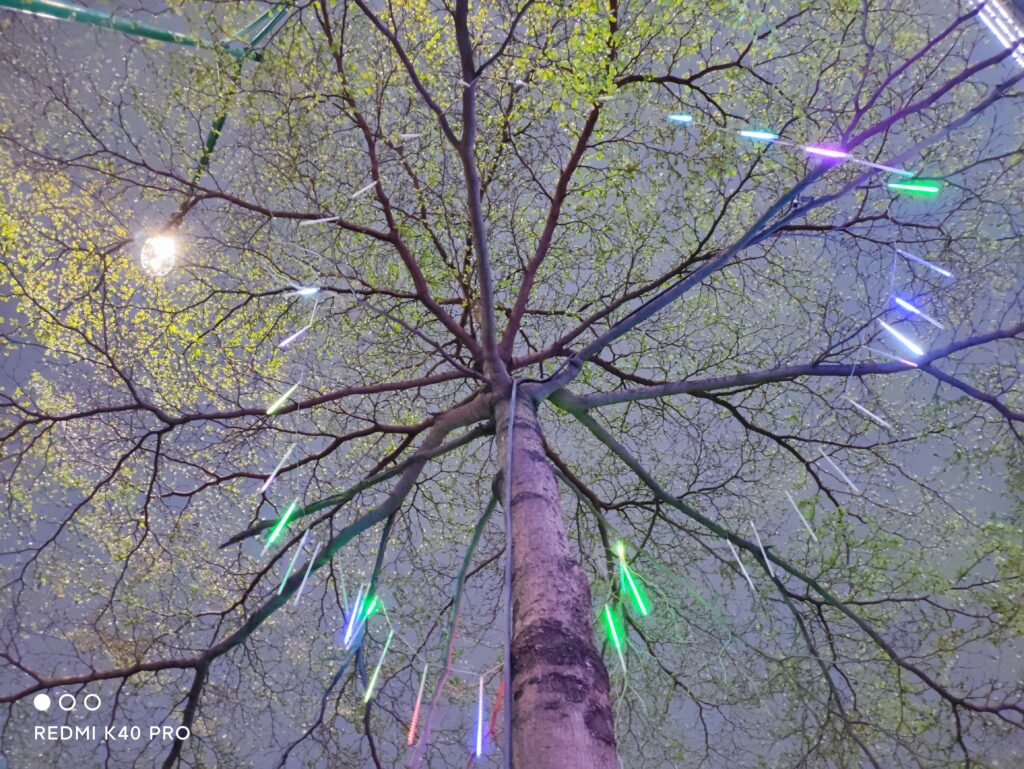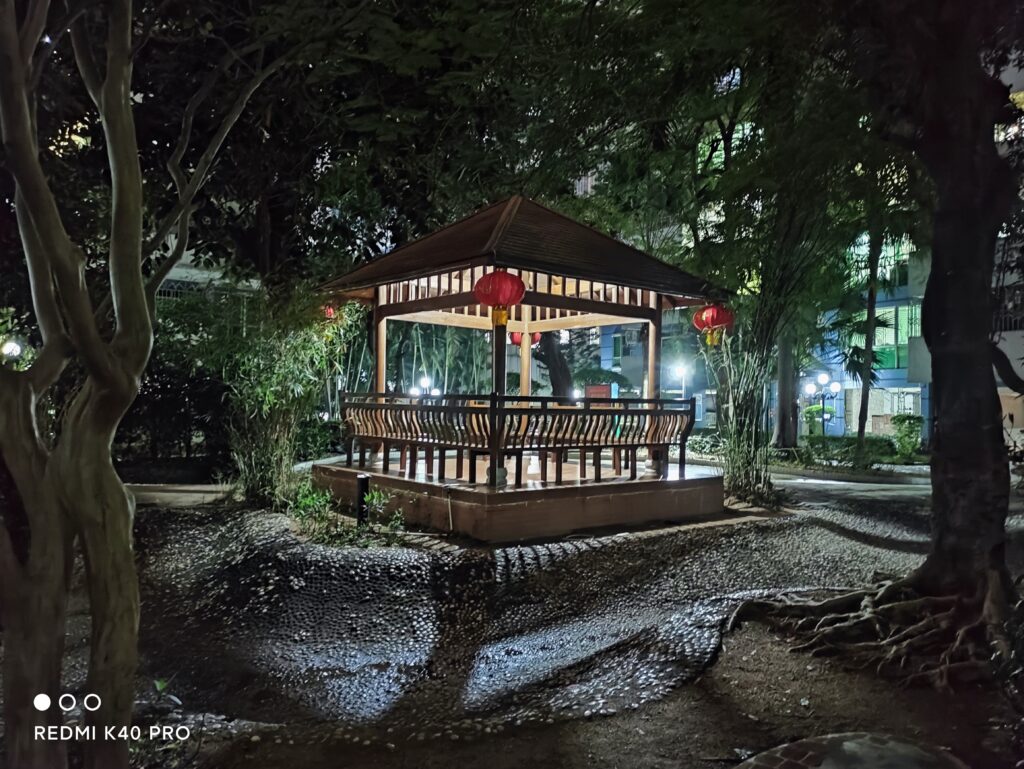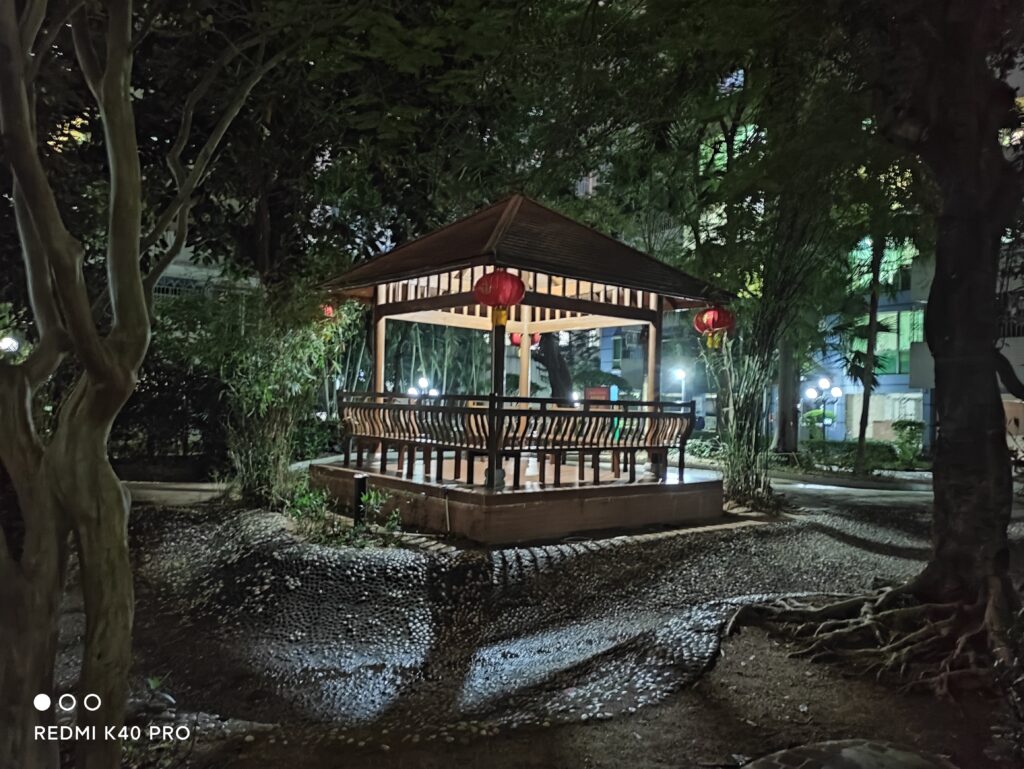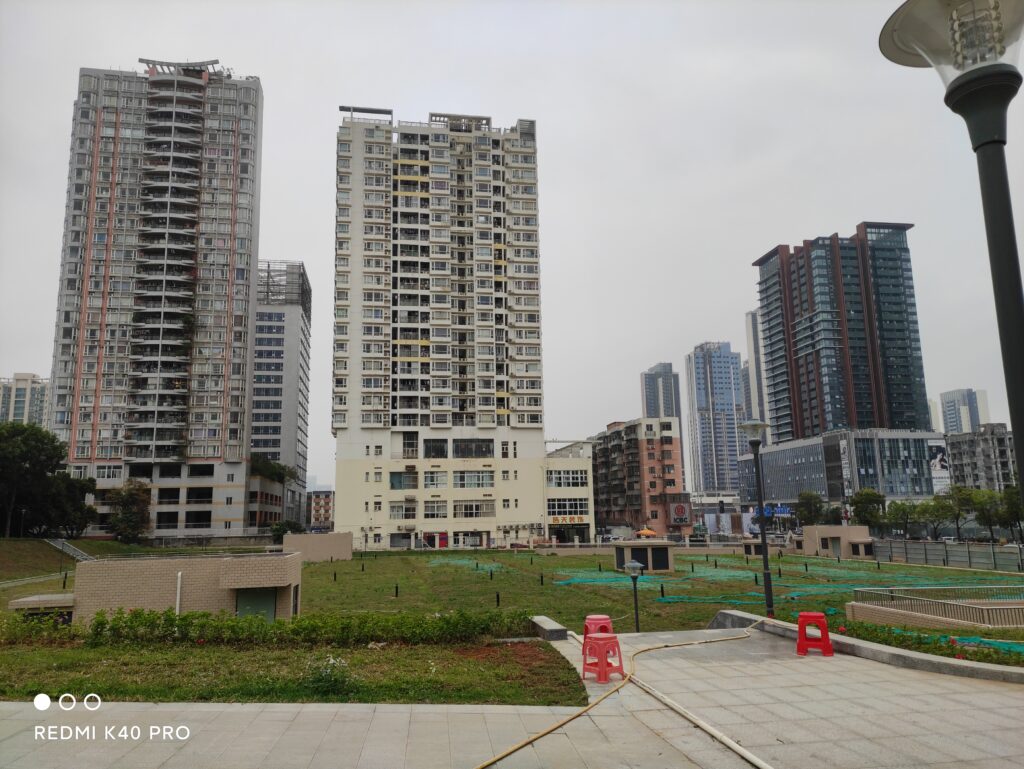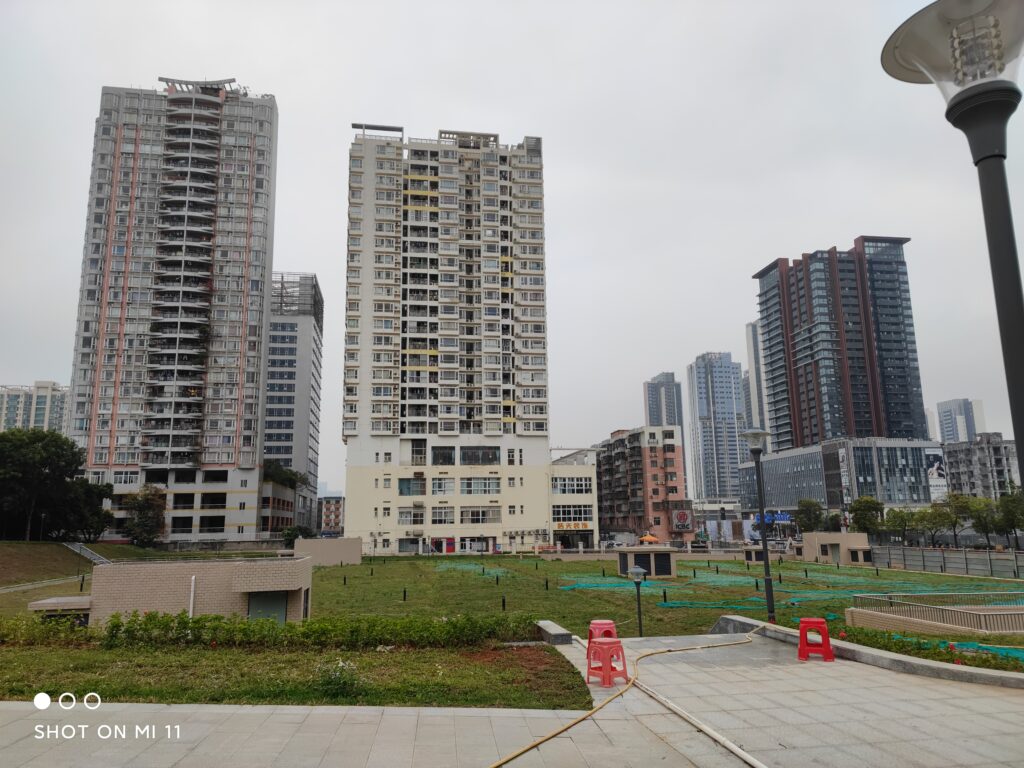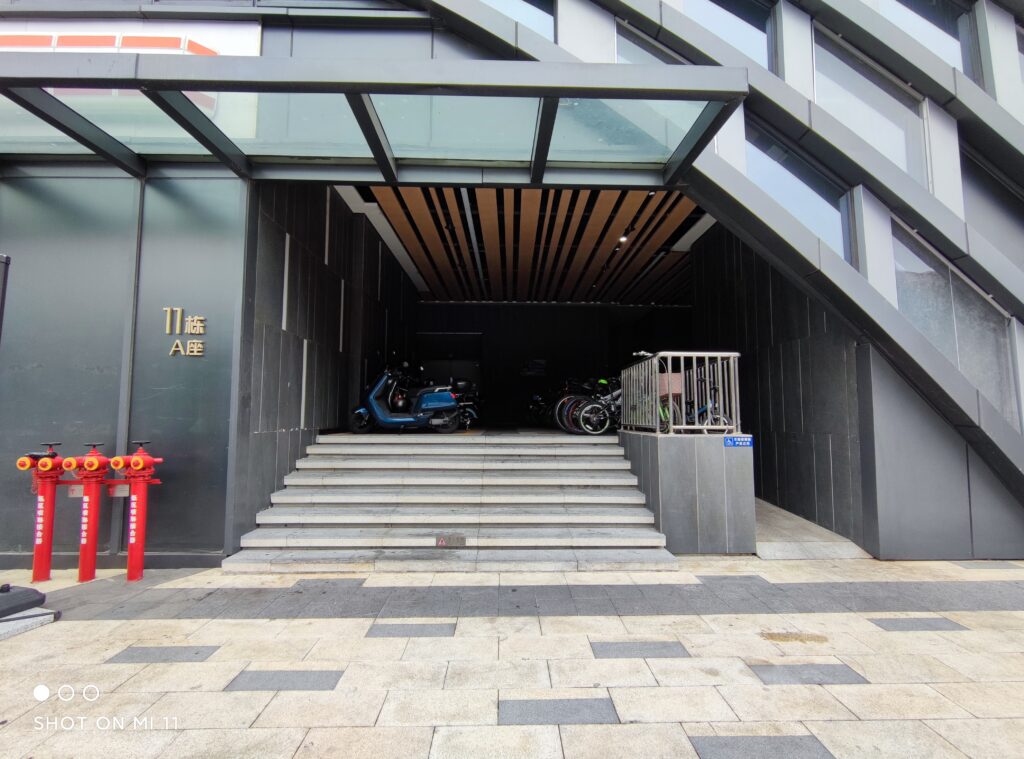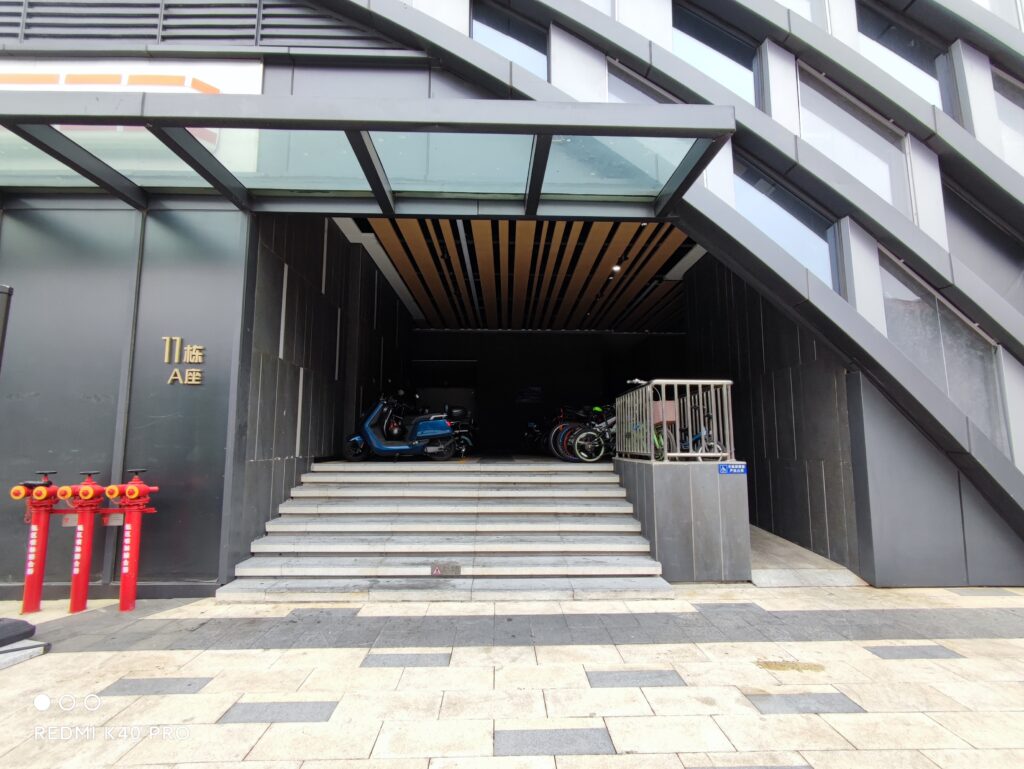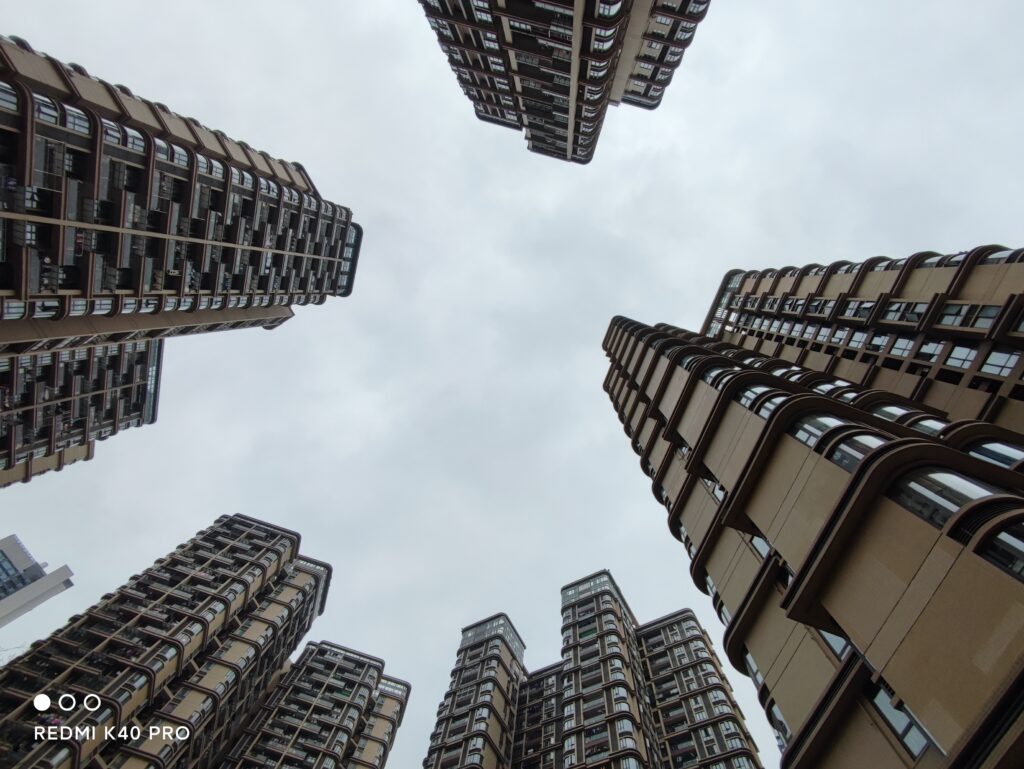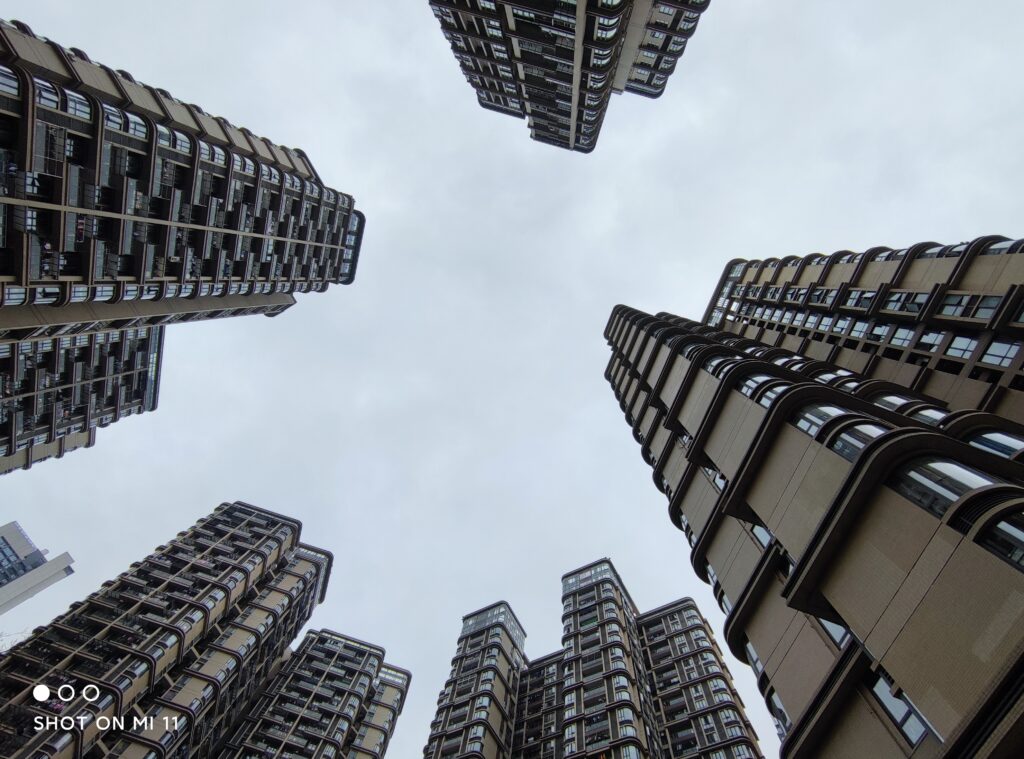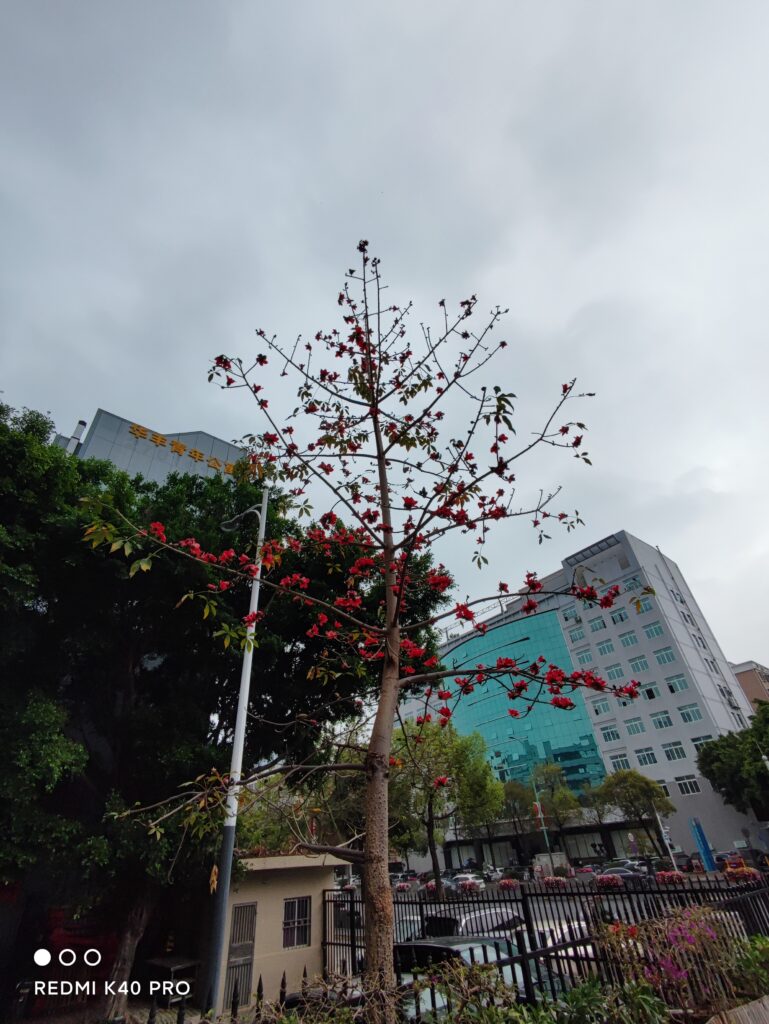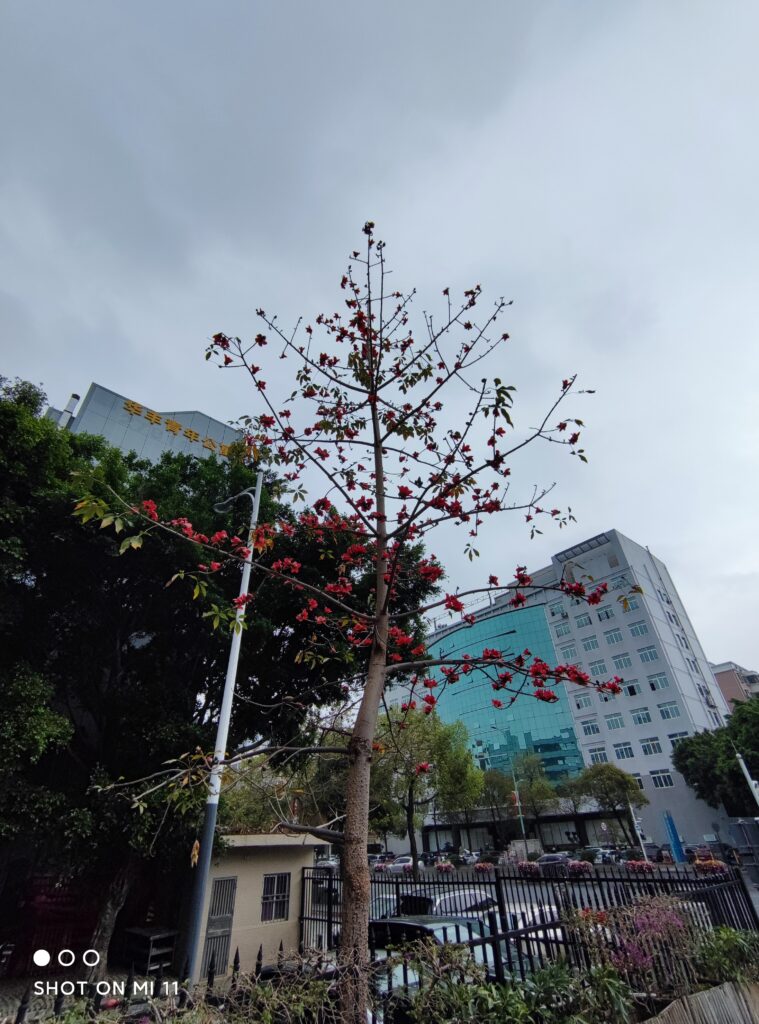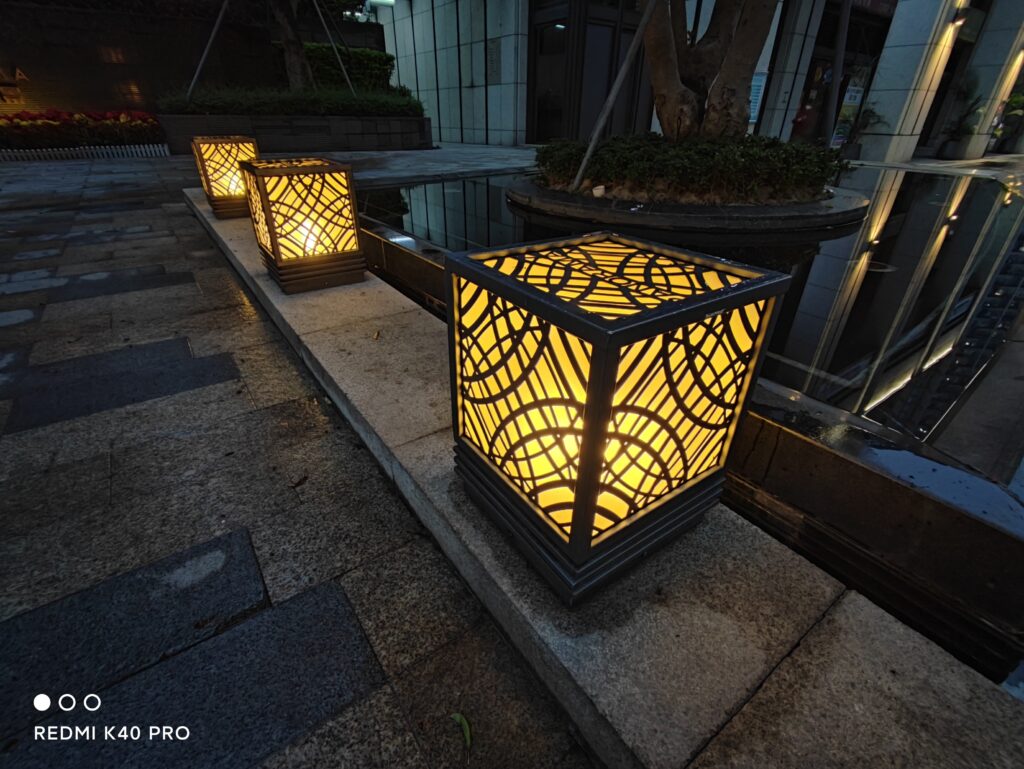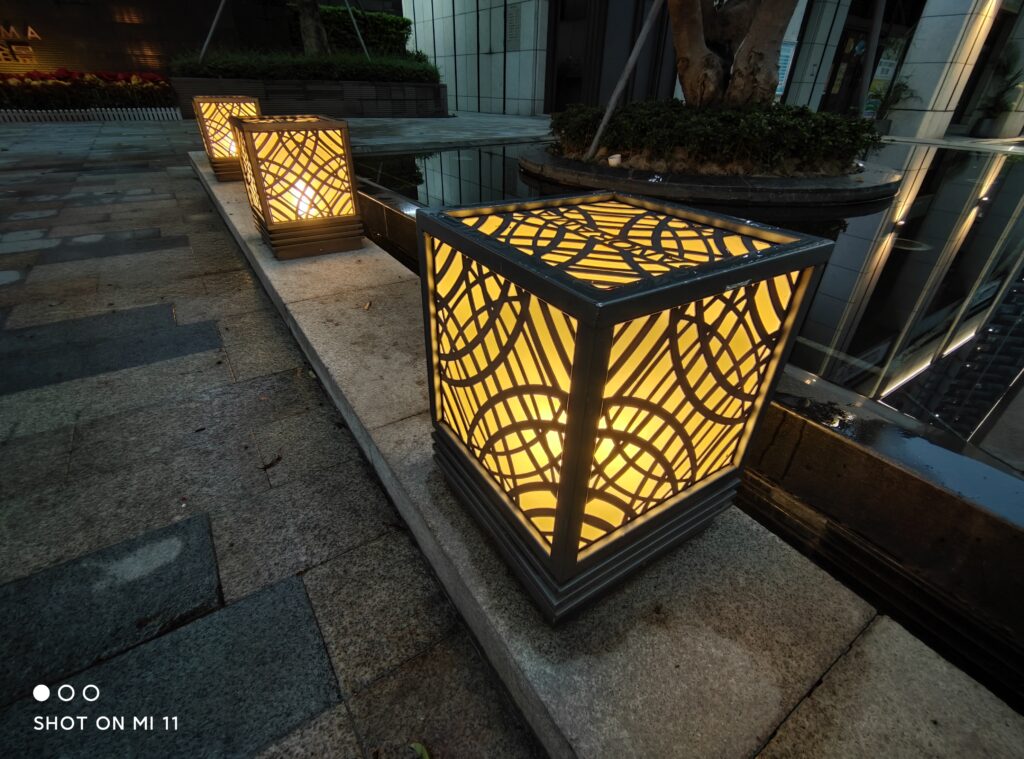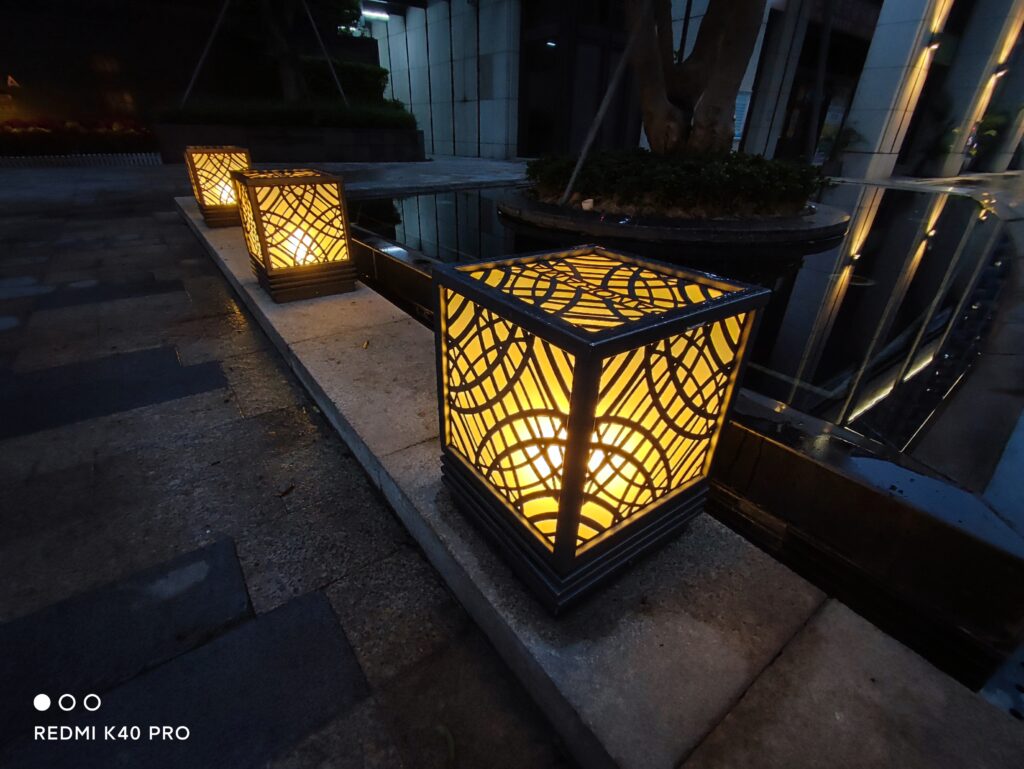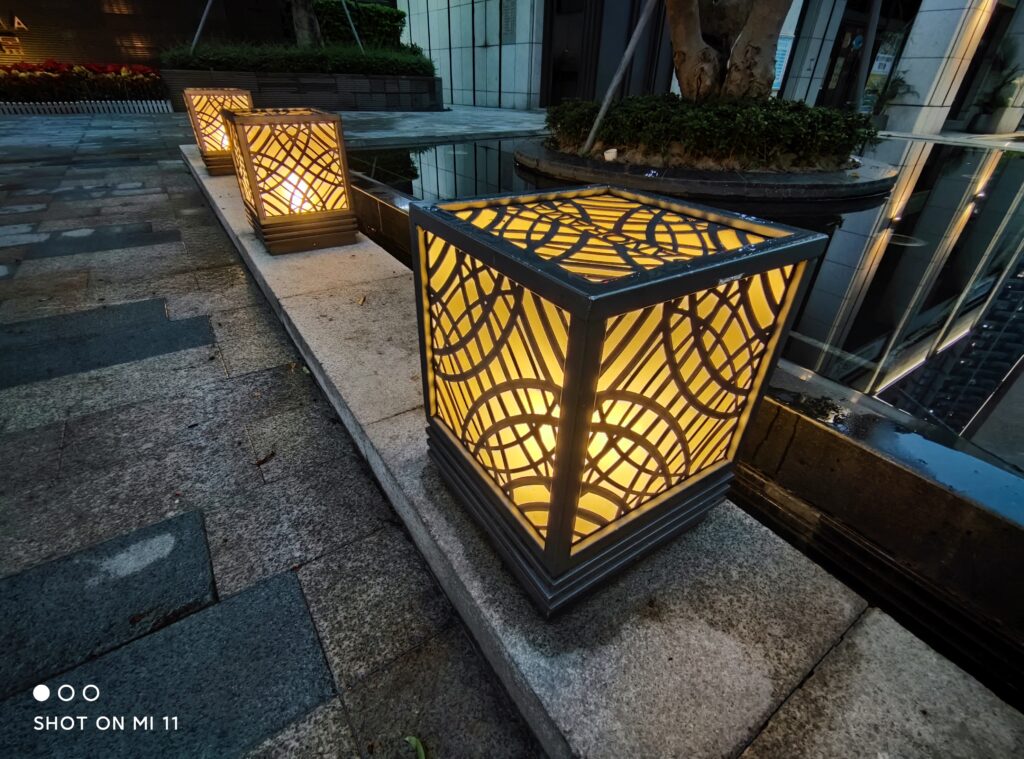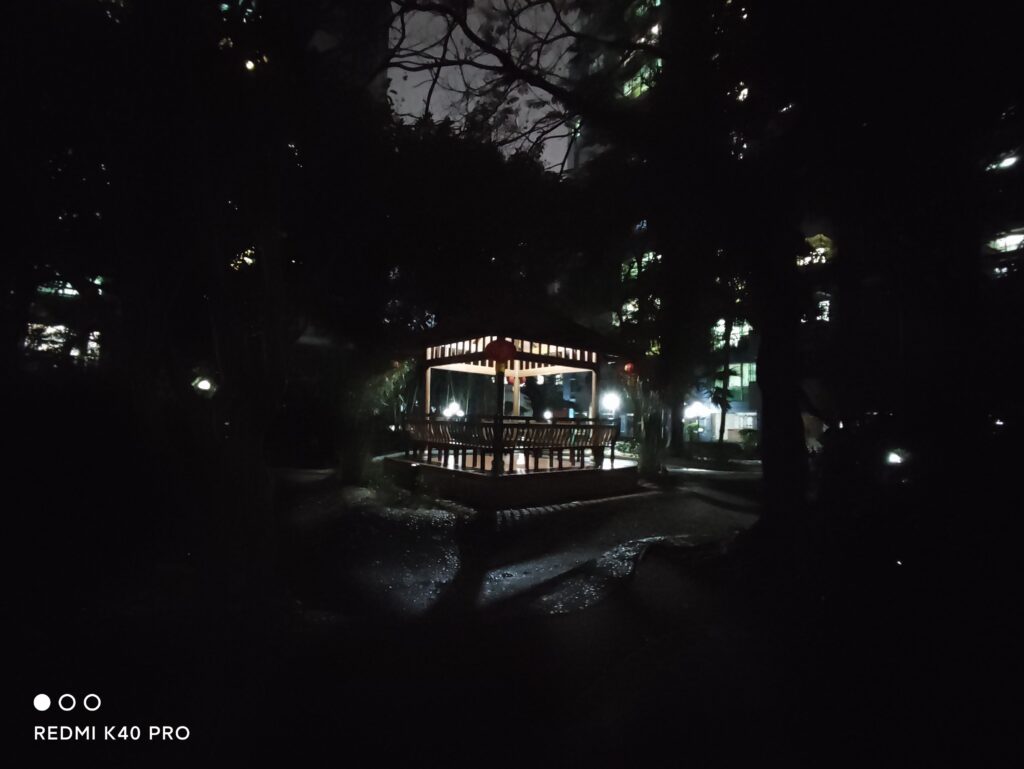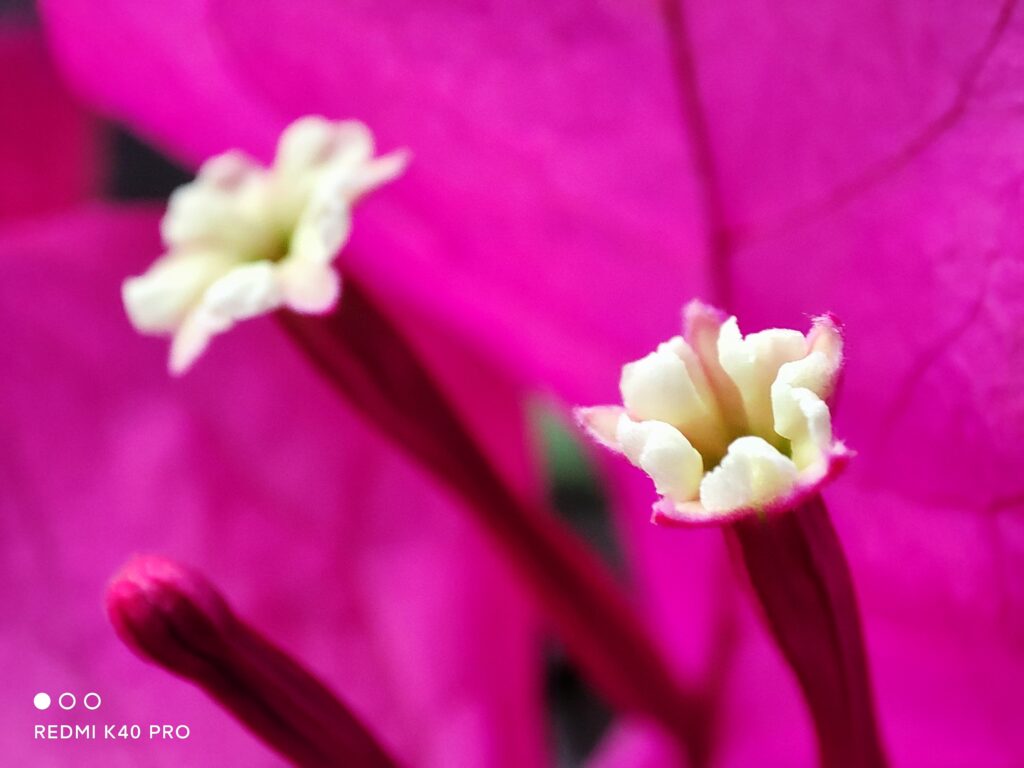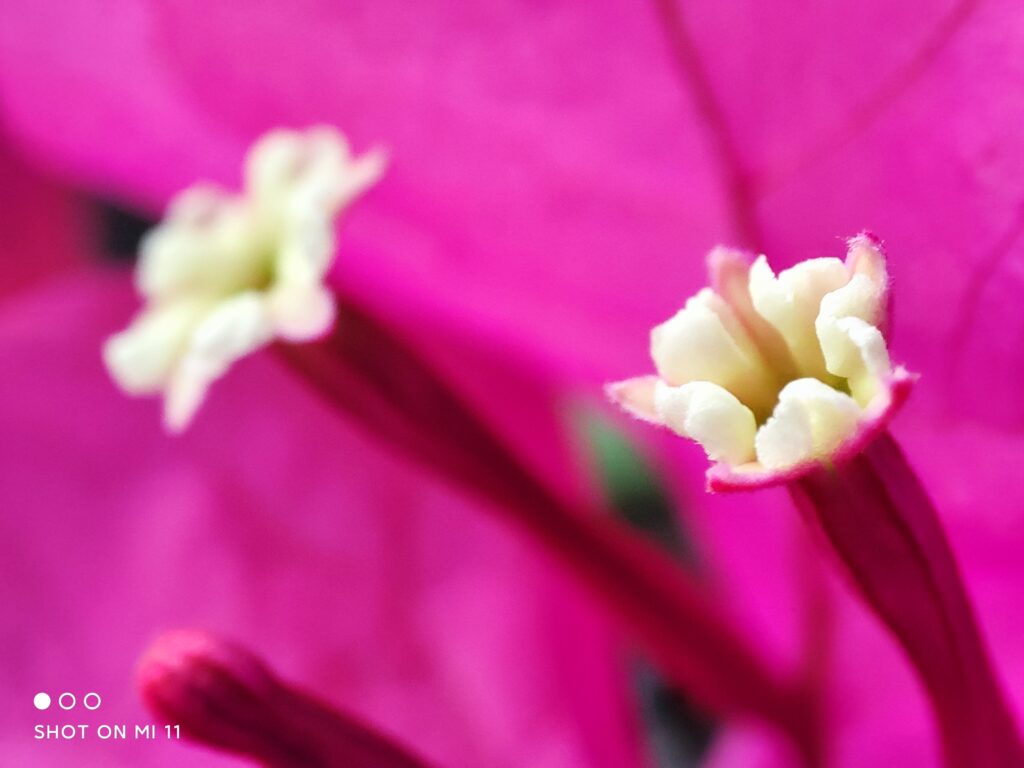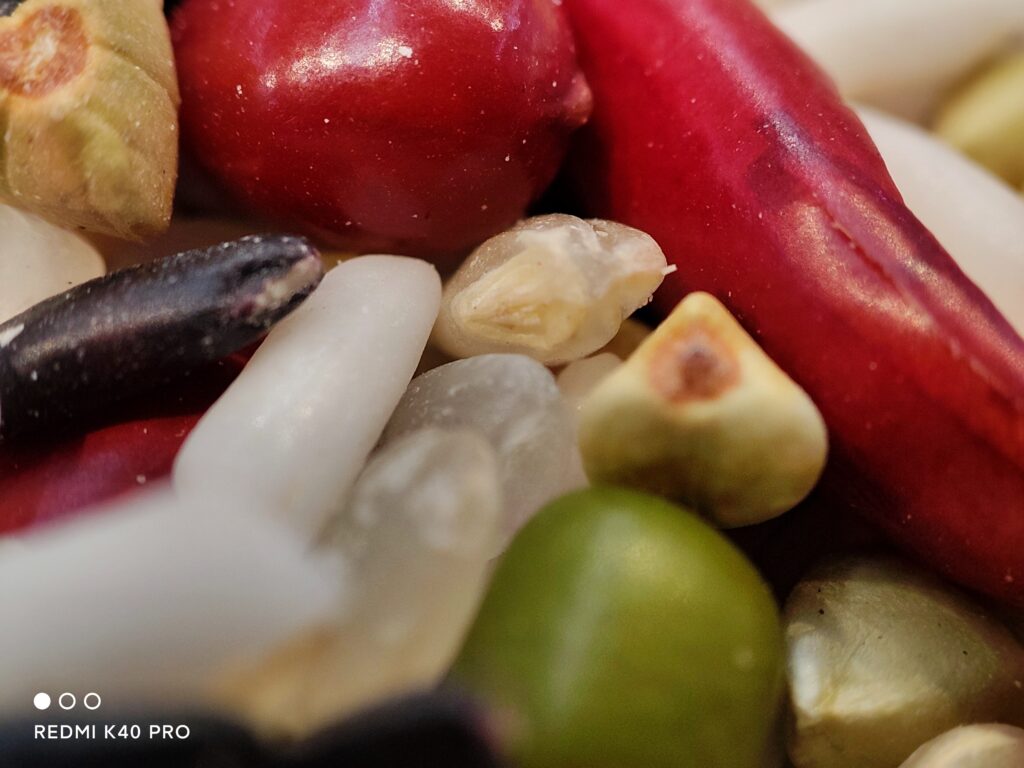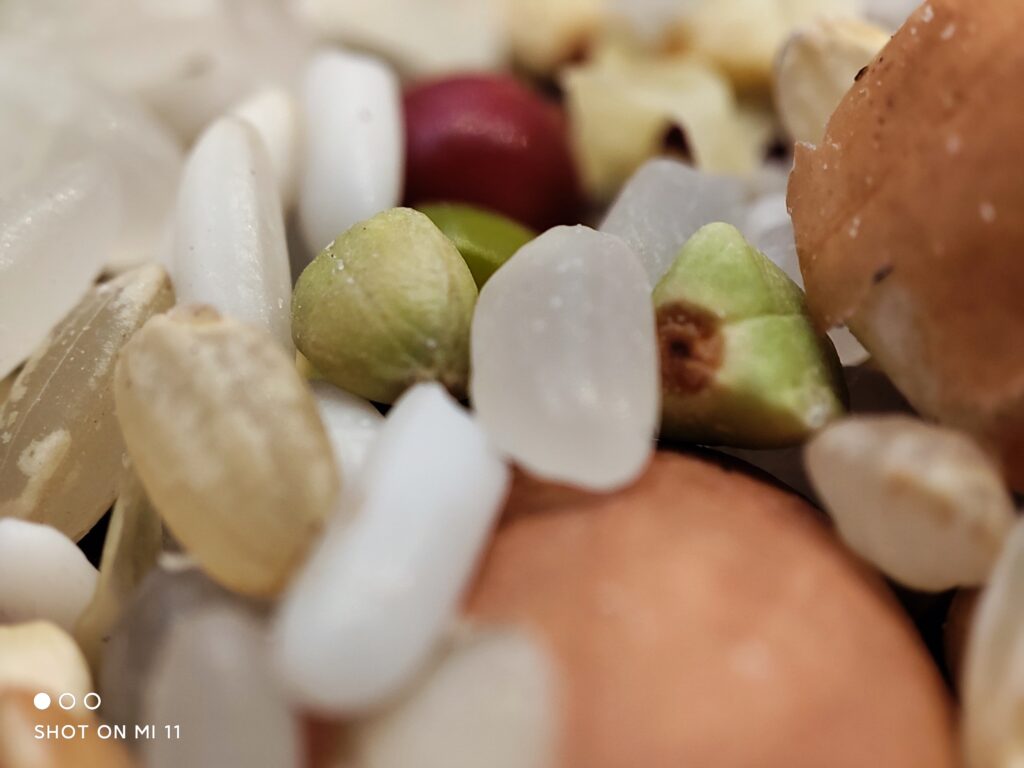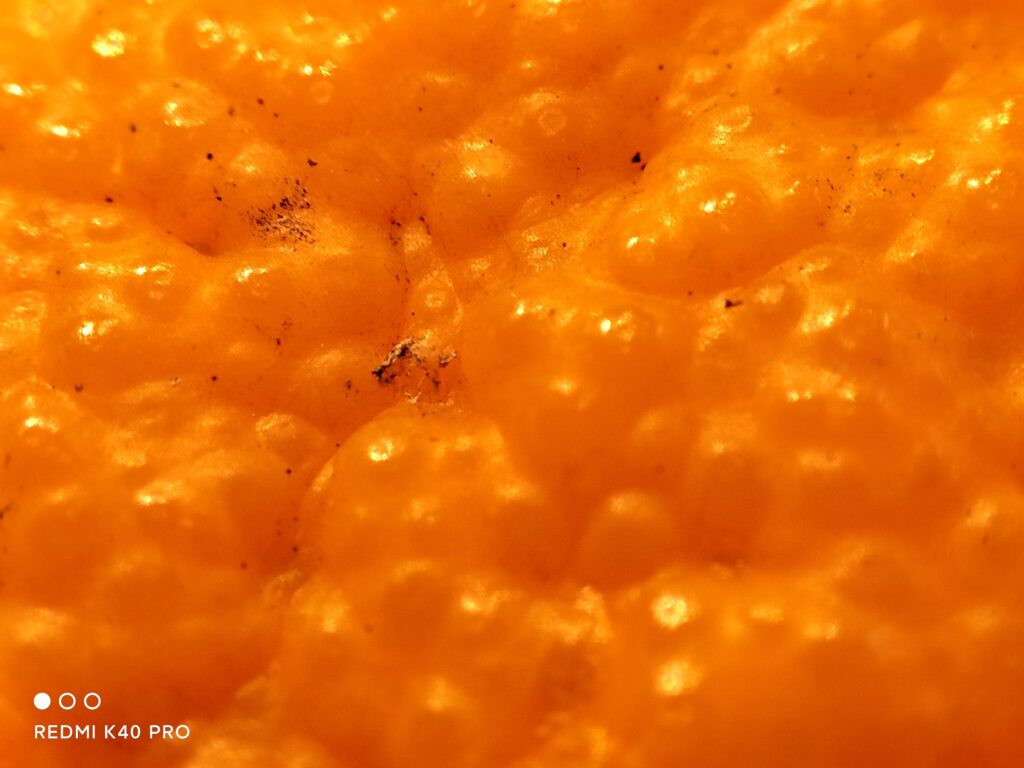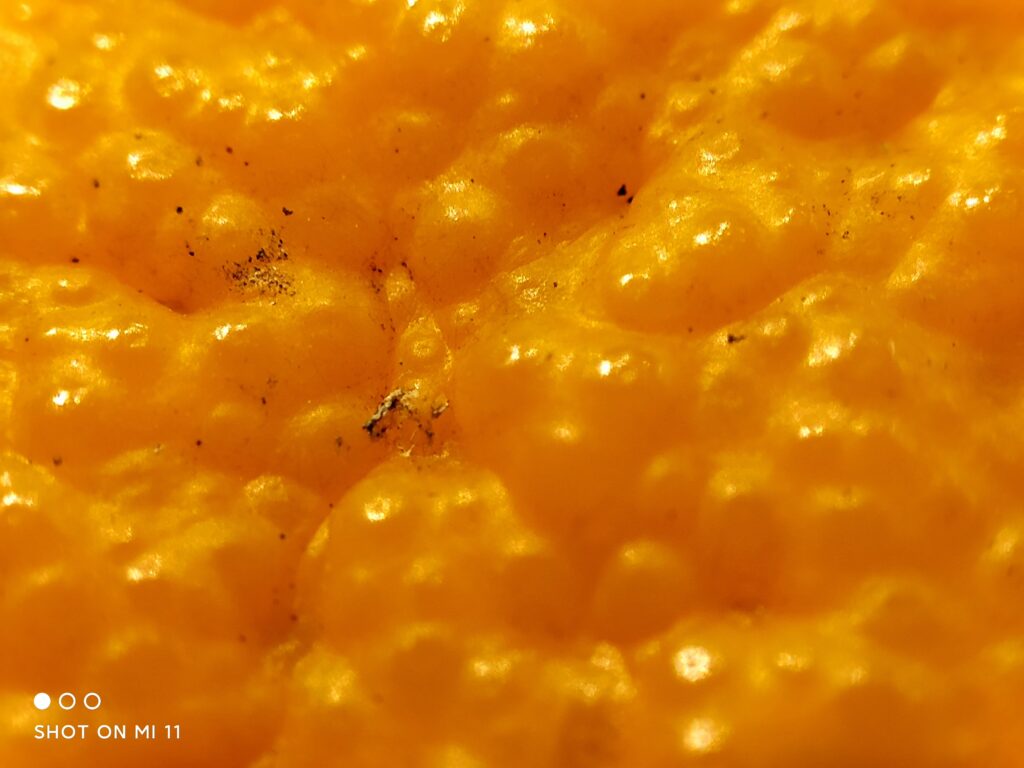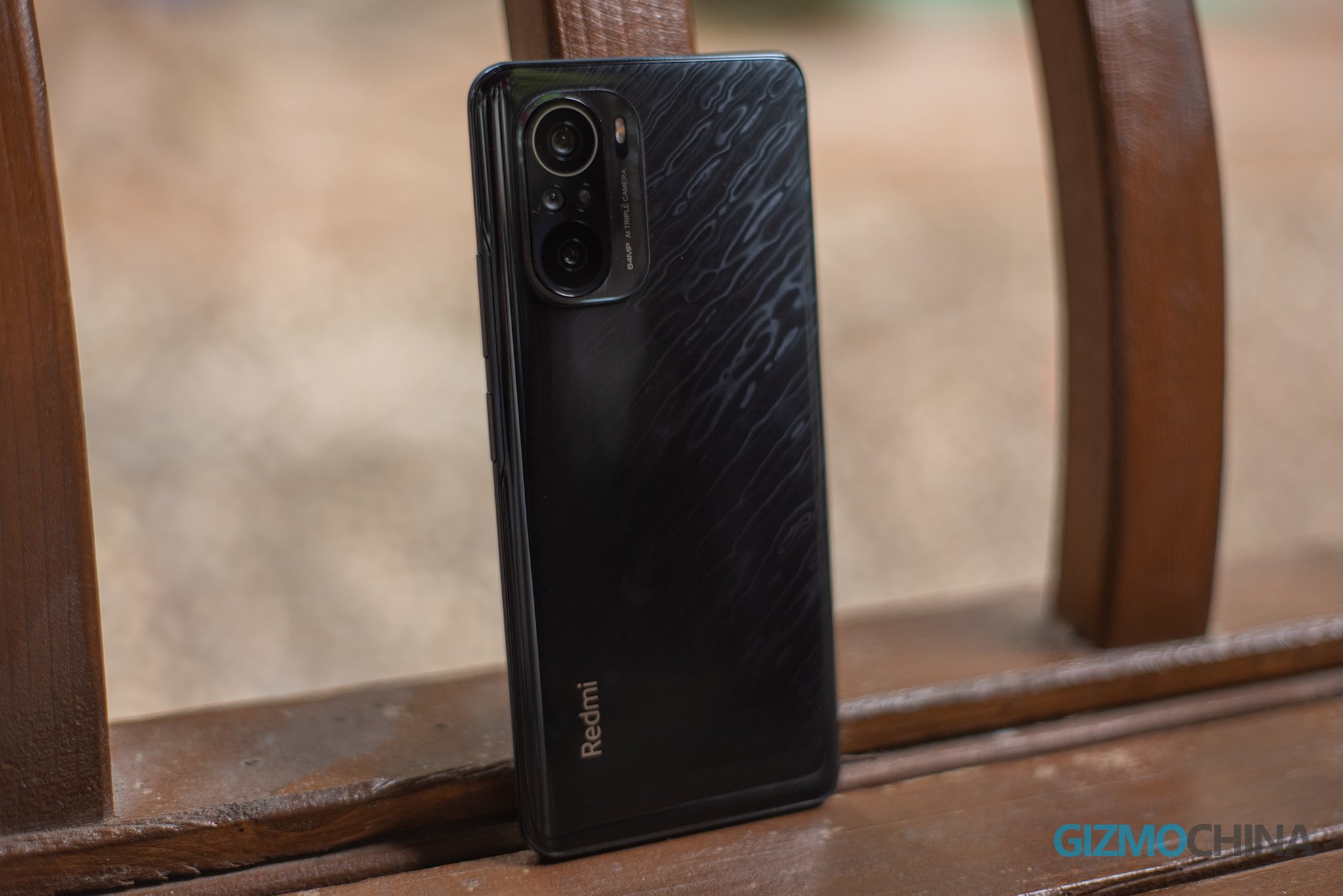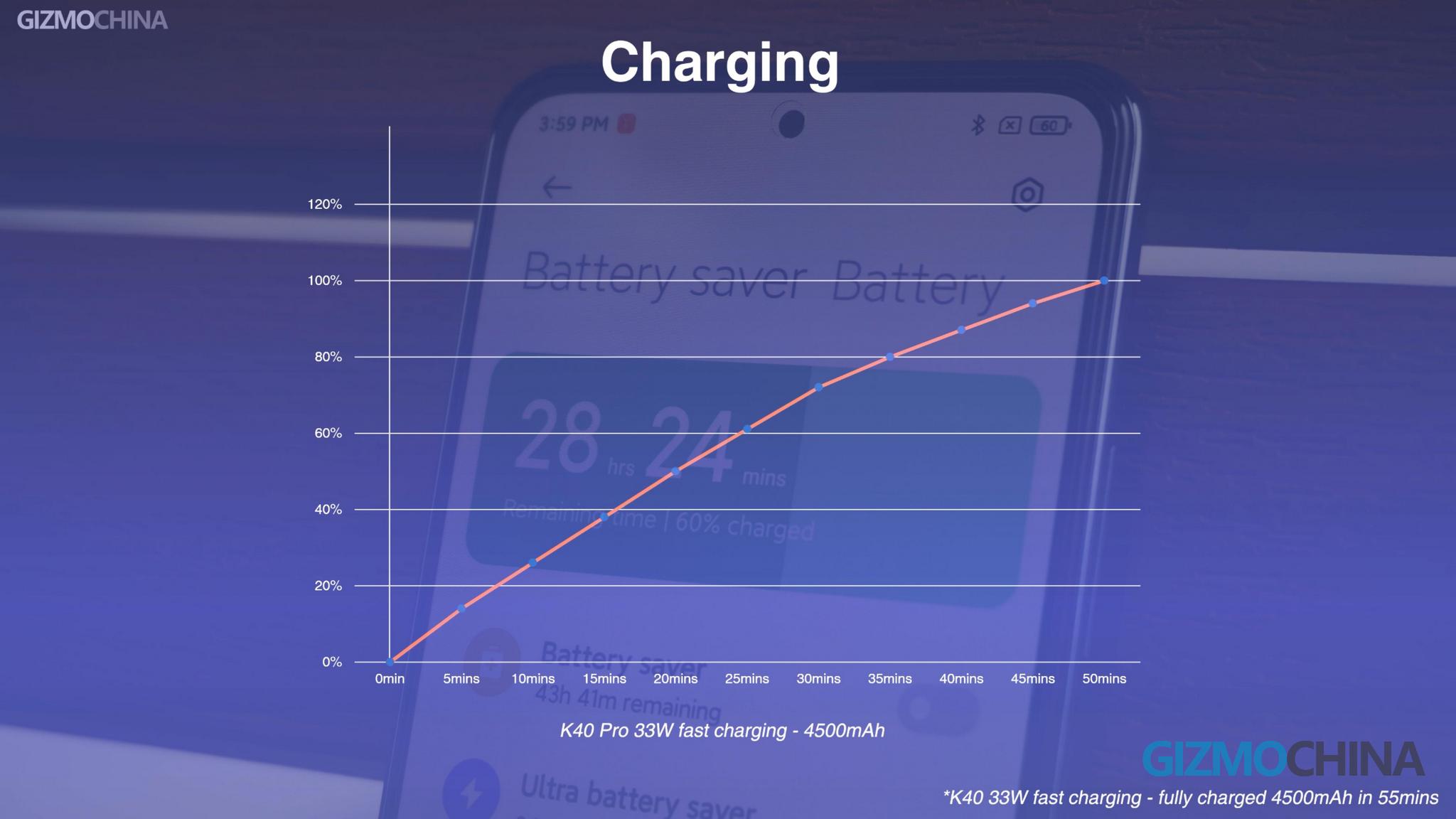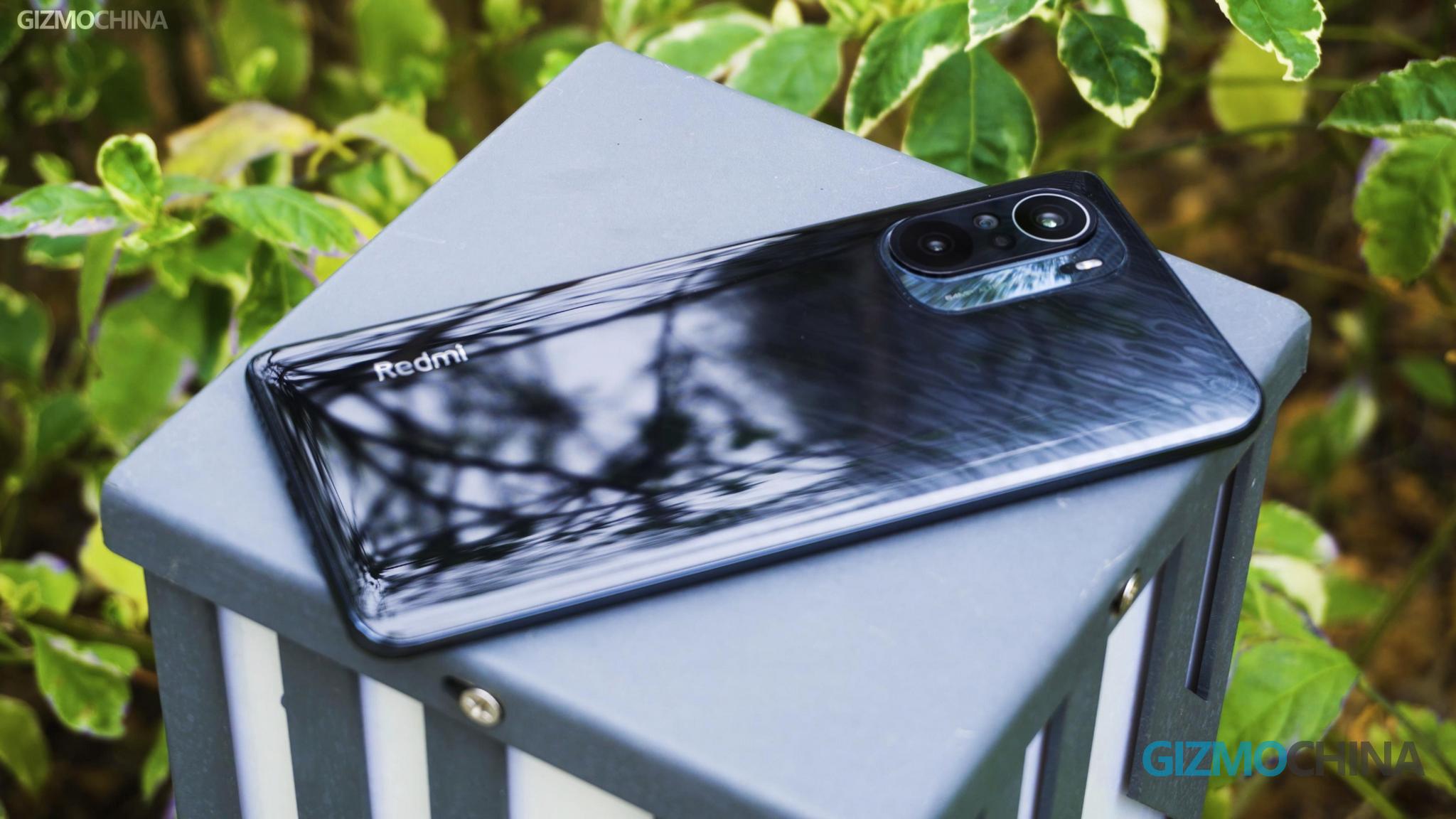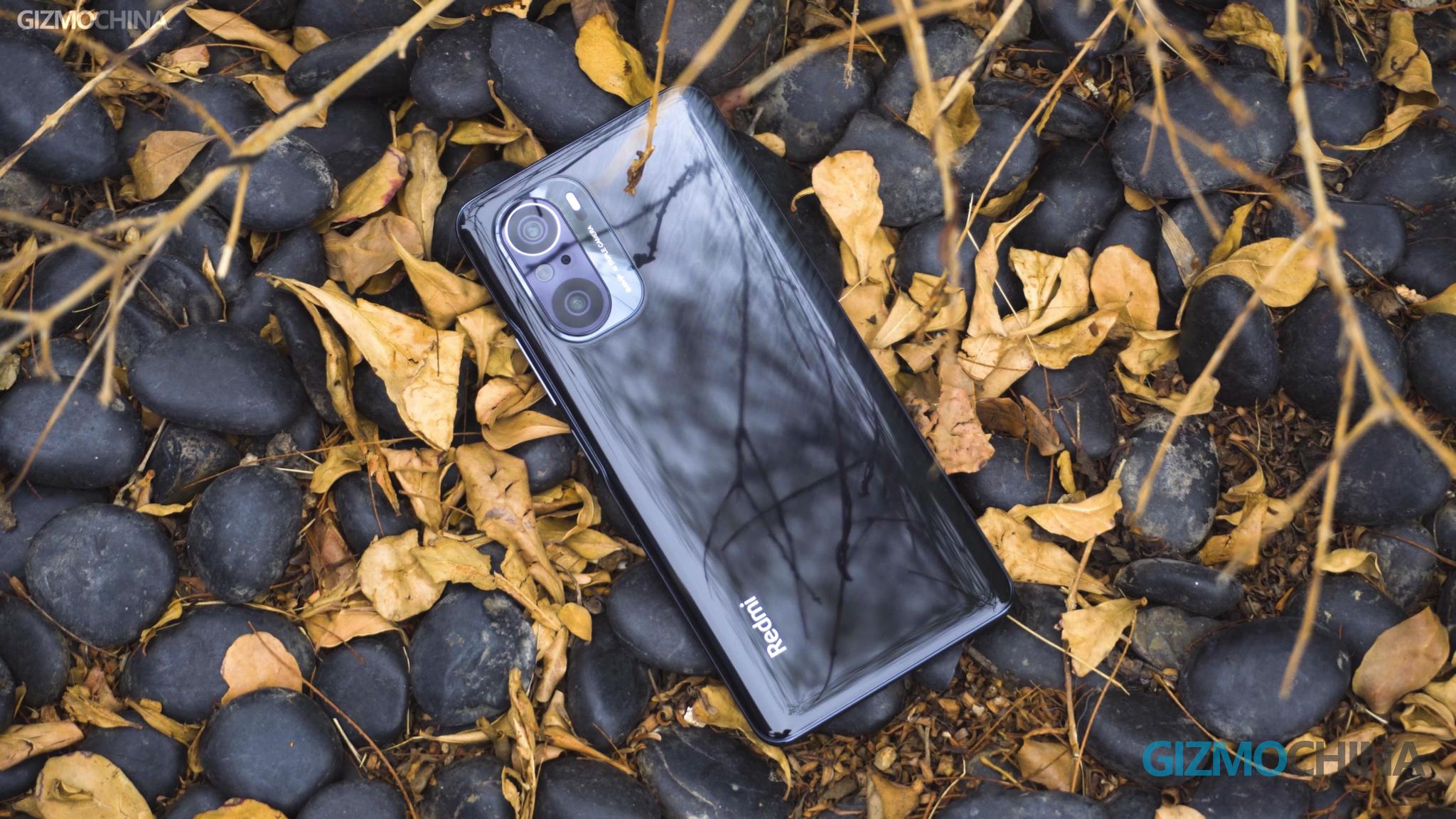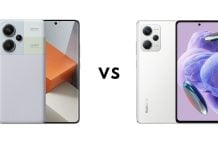Redmi, no doubt, is the most popular smartphone brand this month. And today, let’s take a close look at the Redmi K40 Pro – the model that is probably going to make a lot of brands nervous in 2021. You might think as compared to the K40, the Pro model may be less cost-effective because of its 2999 RMB starting price, which equals to around USD 464. But among all the flagship models running the Snapdragon 888 chipset, the K40 Pro, no doubt, offers the best value for money.
I guess that’s enough of an introduction of the phone, let’s check out how this true flagship killer performs, and are there any areas where it doesn’t do well.
Redmi K40 Pro Review: Design
To start off, the design of the K40 Pro is almost the same as the standard K40. Both of them get excellent weight and size control. Especially the Pro version, it’s exactly as light and thin as the K40 even though the Pro features a better main camera and a slightly better chipset.
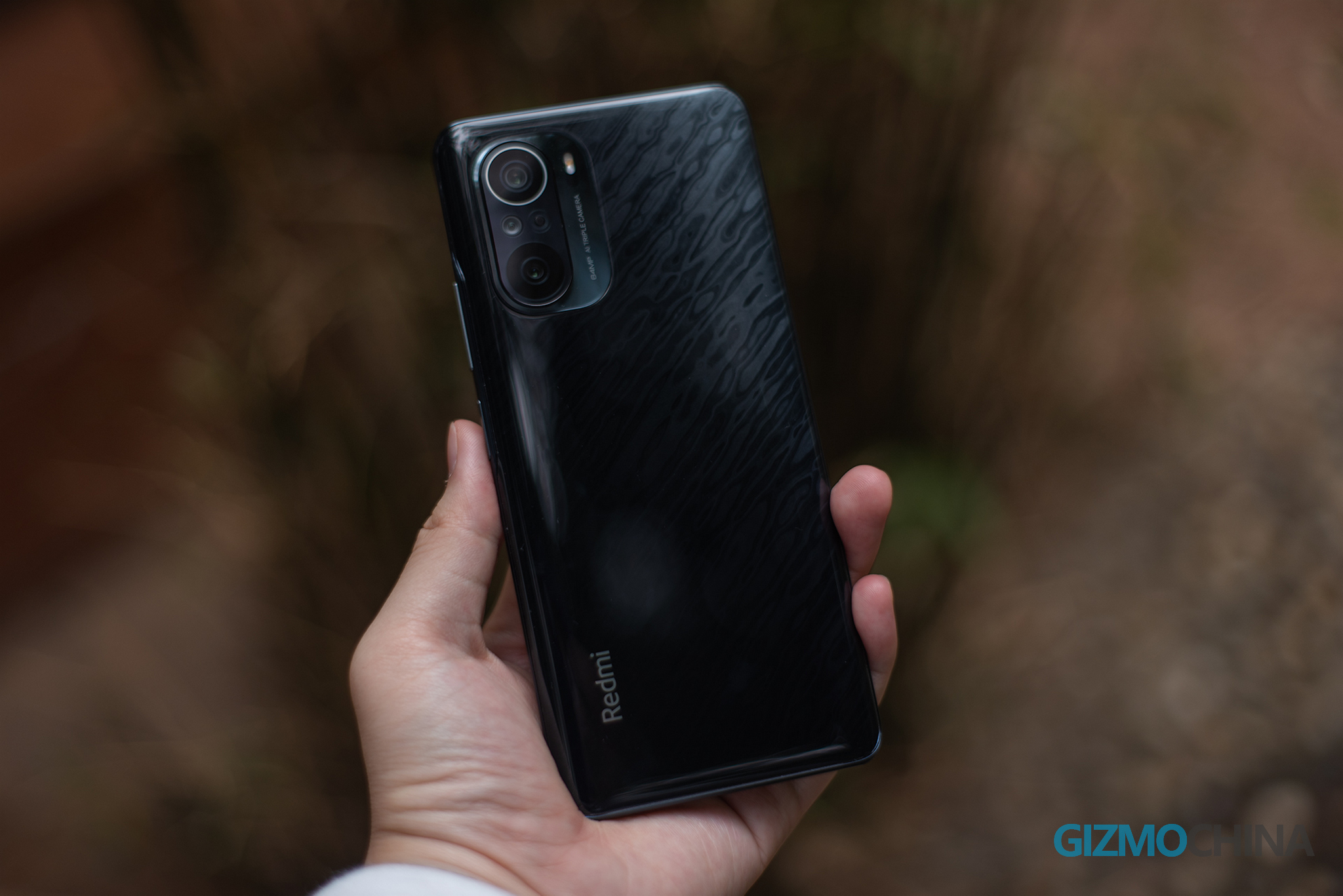
Since we have a lot to talk about the Pro model, we are not focusing much on the design and display in this review. If you are curious about what’s new in the K40 series’ design, just check out our K40 review video that’ll be out in a day or two. But it’s pretty clear that the K40 is the first generation in the K-series lineup that takes its design seriously.
Redmi canceled the pure black version for the K40 Pro and replaced it with the Damascus-pattern version, which is also exclusive to this Pro model.
Here, look at the Damascus pattern version in our hand. In our opinion, it’s by far the best-looking Redmi model and even more elegant than the Mi 11’s design. But we noticed that the side-frame is made of plastic instead of metal, which makes it more prone to scratches and damage. So if you’re going to buy a K40 or K40 Pro, we suggest that it’s better for you to put a case on to prevent damage to the frame.
Redmi K40 Pro Review: Performance & Gaming
One of the biggest upgrades of the Pro version is the Snapdragon 888 chipset. But compared to the Snapdragon 870, the performance improvement is not so significant. The benchmark results show that the gap is mainly in single-core performance, which, in theory, would lead to around 10% improvement in actual gaming. On the other hand, the multi-core performance of the K40 is much closer to the K40 Pro. So in daily use, we didn’t really feel the gap between the two models.
What about Redmi K40 Pro’s gaming? Is the chip better optimized than the snapdragon 888 on the Mi 11?
It was pretty easy for the K40 Pro to unleash the best gaming performance in PUBG Mobile without any issues.
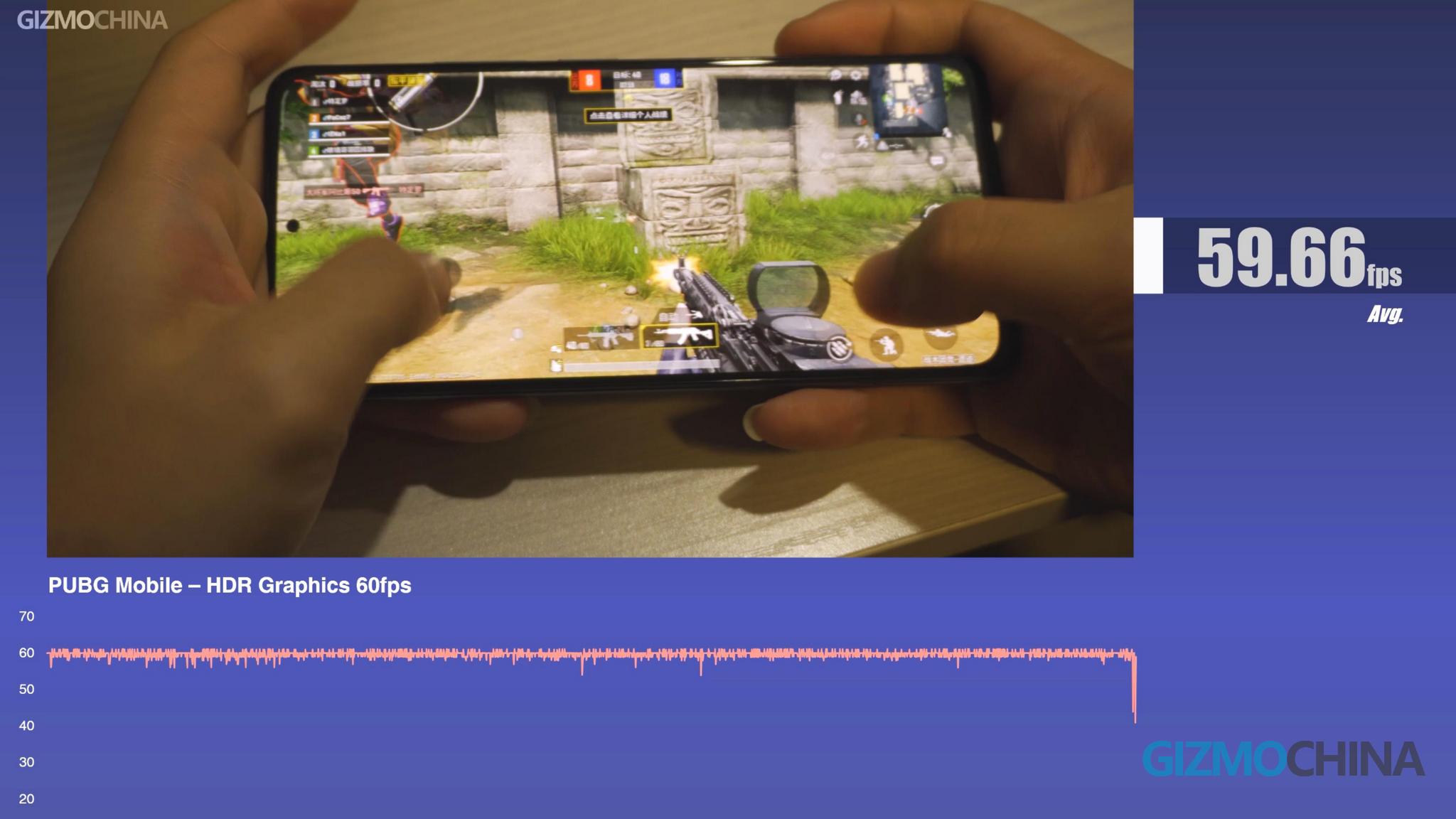
We have seen before how the game Genshin Impact has caused issues to a number of phones running the snapdragon 888 chip. But this time the K40 Pro restored dignity for the flagship chipset and finally achieved a stable high framerate of 58.2fps without much fluctuation. And during the whole 30-min test, the CPU of the K40 Pro didn’t throttle down the clock speed for the heat control. However, the phone’s surface did quickly heat up to 50℃.
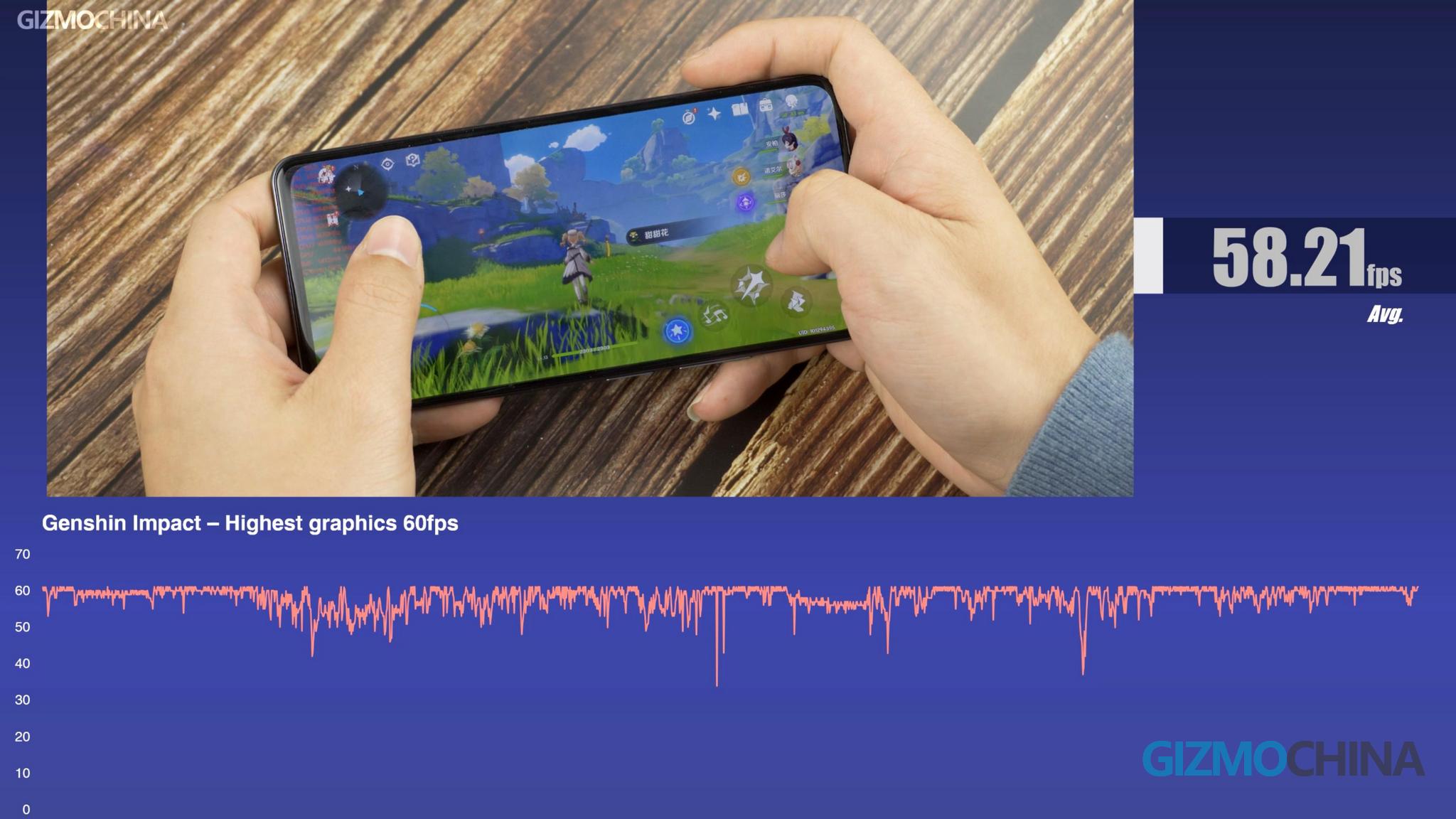
So does this mean the K40 Pro offers excellent optimization in all scenarios? And what about the other games?
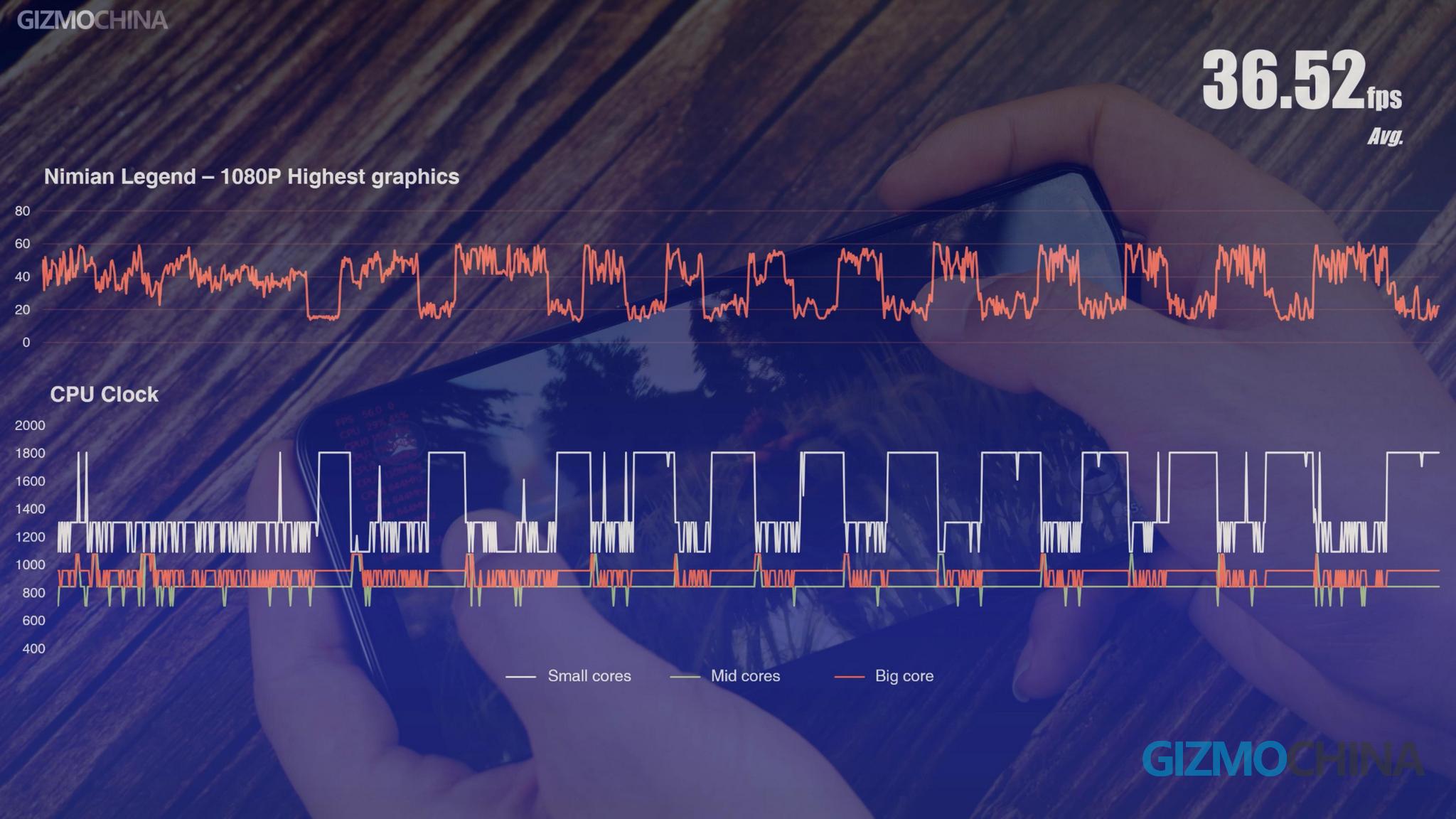
Well, in Nimian Legends, the smooth and delightful gaming experience was surprisingly absent. The familiar result for the 888 chipset came back. The phone suffered frequent ups and downs in performance and met a lot of stutter issues. The frame rate eventually remained at 36.5fps. So clearly the chip wasn’t optimized for this game.
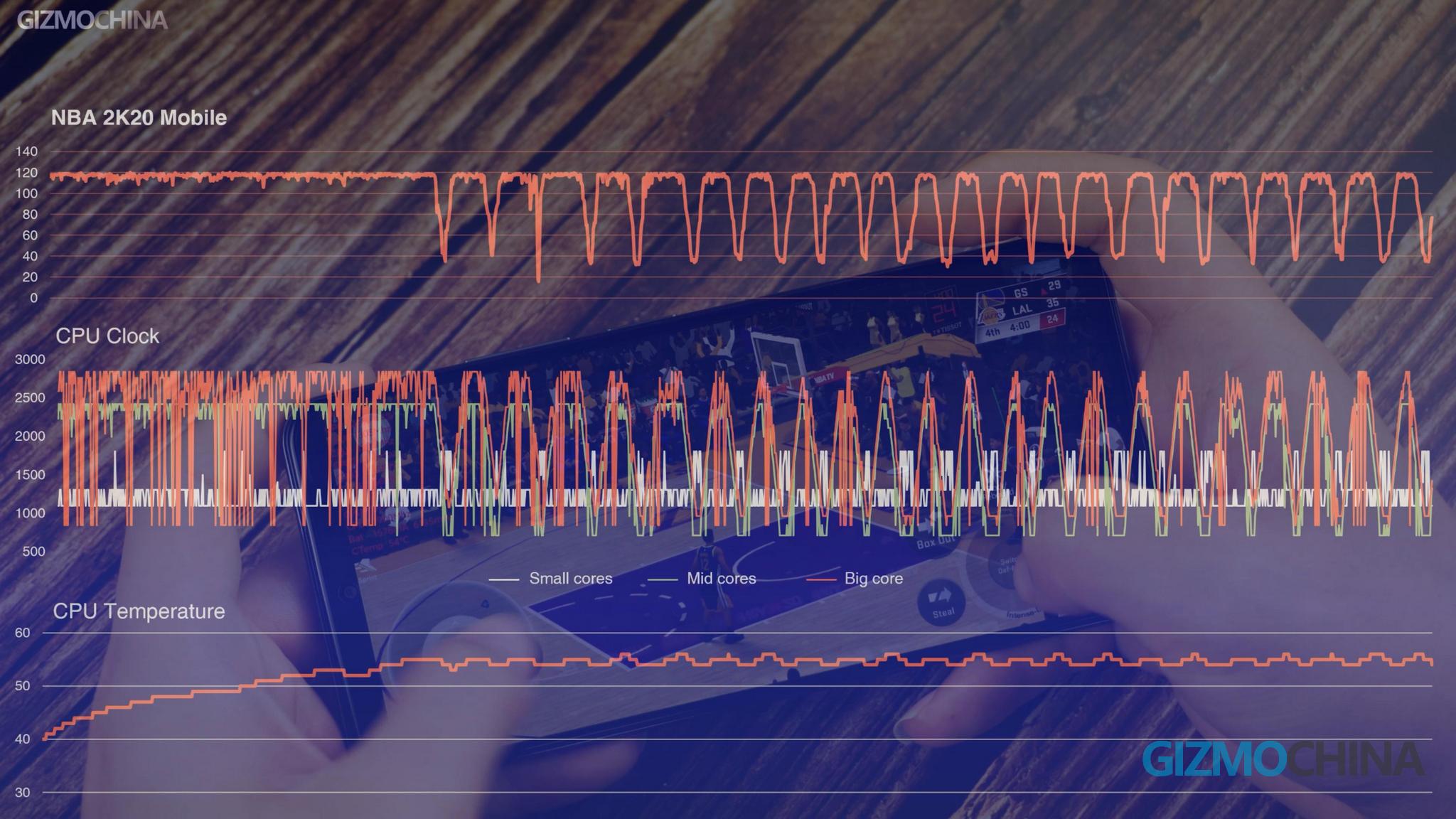
In NBA 2K20, we could fully take advantage of the 120Hz display. In the first 6 mins, the K40 Pro stably ran the game at around 120fps. And then you can see the CPU temperature was rising rapidly. When it rose to 55°C, the framerate and CPU clock started jumping up and down. The performance down throttling occurs every minute and lasts for a few seconds. Still, the average framerate of 101.4fps is still not bad for this game.
In short, the optimization on the K40 Pro is much better than what we used to see on the Mi 11. But since the chipset remains the same, we still encountered overheating issues. So the chip throttled down its speed frequently on the K40 pro. But thank god, things get much better now on the K40 Pro as compared to the Mi 11.
Redmi K40 Pro Review: Camera
The main camera of the K40 Pro features a Sony IMX686 sensor. It’s a popular sensor that has been mainly used on 2020 flagship phones.
Let’s look at some samples shot from the main camera.
Daylight & Night Scenarios
On the K40 Pro the samples’ color style is pretty close to what we have on another Xiaomi model, the Mi 11. Both of them are more likely to present a cooler tone than what we actually saw from our eyes. And the K40 Pro’s samples have pretty high saturation with good contrast. But the Mi 11 still has better overall exposure to represent brighter images. Especially in darker scenarios, the Mi 11 is able to capture more details with sharper edges. And thanks to the original 108MP resolution and a 27MP resolution for normal mode, the Mi 11’s samples are sharper with better clarity, while the 12MP samples of the K40 Pro look a bit blurred when we zoomed into the samples. Another drawback of the K40 Pro’s main camera is the lack of the OIS anti-shaking. So when it comes to low-lighting scenes, our hand-shake could easily spoil the photos we shot. So you can see that some night samples are a bit blurred and lose much detail.
Talking about night shooting, the Mi 11 could produce better details in both dark and bright situations, no matter whether we were using the normal mode or the night mode. The K40 Pro seems not so stable to present the colors correctly. And usually, when this happened, the image turned out to be a bit greenish. And the color style may be inconsistent when we switch from the normal mode to the night mode.
High-Res Mode
As for the high-resolution mode, however, the gap between the 108MP resolution on the Mi11 and the 64MP on the K40 Pro was not as significant as we expected.
Ultra-Wide Camera
Coming to the wide angle camera, the Mi 11’s samples show slightly better image clarity, while the K40 Pro does a better job on image pureness with less noise. But when it came to night shooting, the gap is much more obvious. The K40 Pro’s performance is far behind what the Mi 11 can do, no matter whether you compare their exposure or image detail.
Macro
Because the Mi 11 and the K40 Pro use exactly the same setup for the macro camera, their performance is exactly the same. From their samples, we cannot really see any difference but both of them are really good at shooting extremely close subjects and present some interesting detail for close-up shooting.
As for their filming capacity, the K40 Pro only supports up to 8k 30fps video and 60fps for 4K filming on the main camera, and up to 1080P 30fps video on the 8MP wide-angle camera. So to be honest, it’s not so practical for video filming.
Overall, the Redmi K40 Pro has a pretty decent camera setup especially under good lighting conditions but it’s still not as good as the Mi 11. This is expected given the difference in their pricing. To conclude, while the cameras on the K40 Pro are decent, it still isn’t one of its strong points.
Redmi K40 Pro Review: K40 vs K40 Pro Differences
Besides the differences in the camera and chipset departments, there’re still several tiny differences between the K40 and the K40 Pro. Although they both feature fast charging up to 33W, the K40 Pro applies a slightly aggressive charging strategy that can save several minutes for full charge.
Another difference is the RAM they use. The K40 Pro can take full advantage of the LPDDR 5 Ram and run up to 6400 megabits per second, while the K40’s ram can run up to 5500megabits per second. But to be honest, in daily use, it’s hard to perceive the difference. 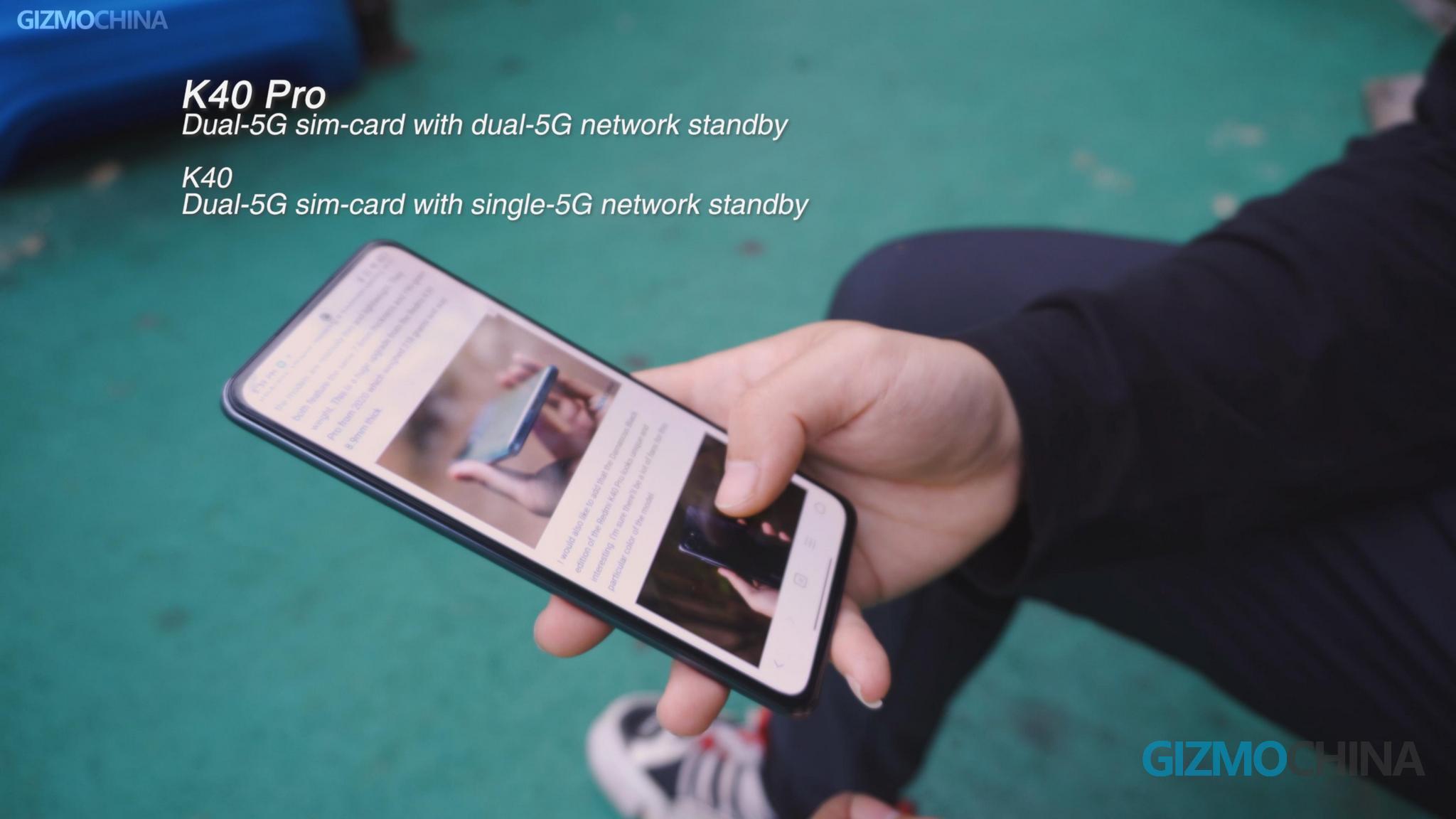
The third one is the network support. The K40 Pro supports dual-sim cards with dual-5G network standby, while on the K40 you can only have one 5G standby and another 4G standby as loading dual-sim-card. But you still need to make sure whether the bands that they support are adopted in your region.
The last one is the WiFi signal. Redmi claims that the Pro features an enhanced WiFi 6 connection, which brings more stable and faster transmission when connected to a WiFi 6 wireless network.
Redmi K40 Pro Review: Battery Life & Stereo Speakers
As for the Pro’s charging and battery performance, there is no surprise from what we expected. The charging result is very close to what we got on the K40. The Pro was charged to 70% in 30mins, and it took us just 50mins to fully charge the phone. The 4500mAh battery in daily use didn’t bring us any surprises, and the test result of battery life was close to what we got on the Mi 11.
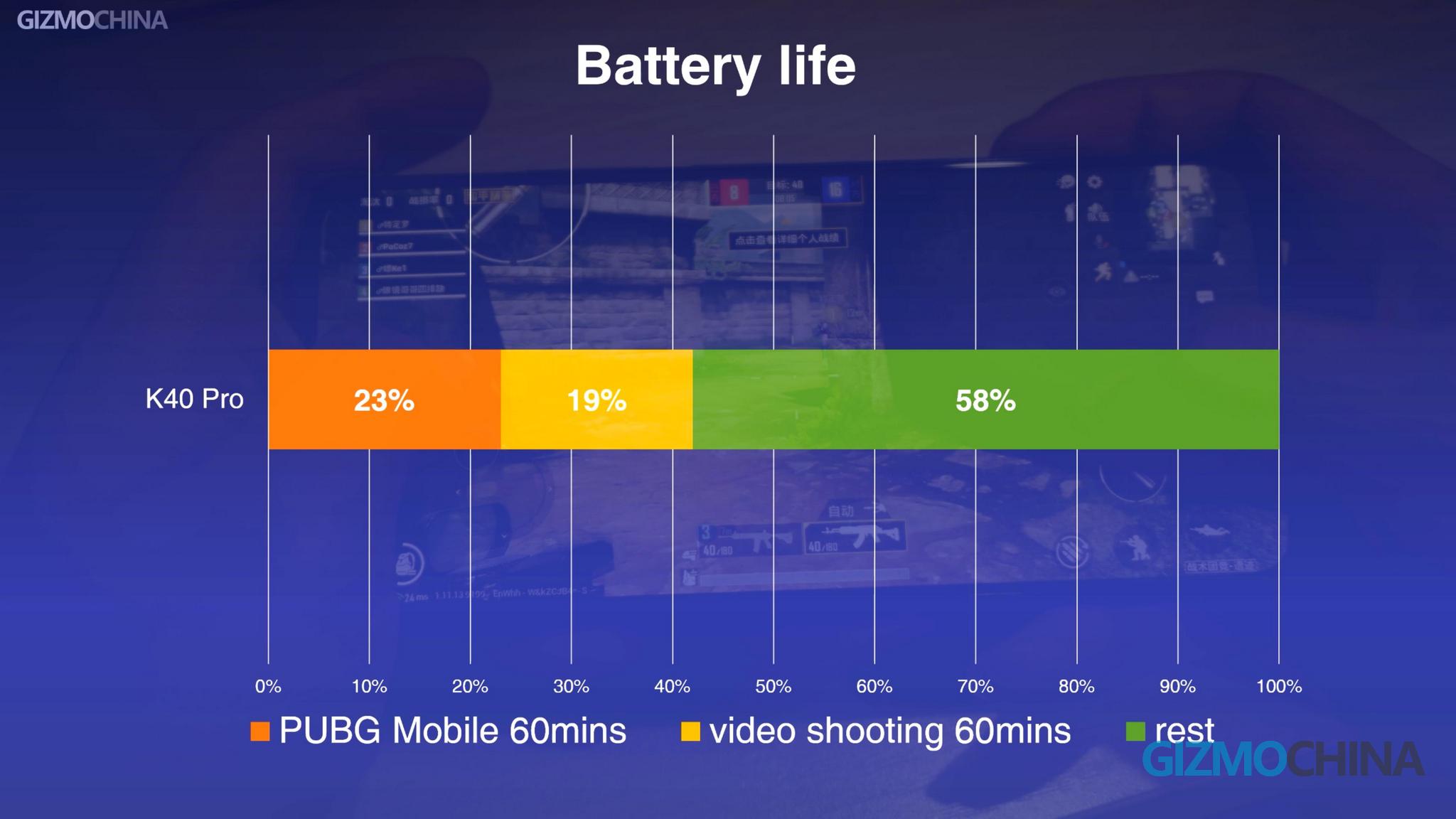 We played PUBG Mobile on the K40 Pro for an hour, and the power dropped by 23%; and then we used the phone’s camera to shoot 1080P video for another hour, which consumed an additional 19% of power. Considering the Snapdragon 888 has been in the market for over 2 months, we feel the K40 Pro could have had slightly better efficiency in terms of power consumption.
We played PUBG Mobile on the K40 Pro for an hour, and the power dropped by 23%; and then we used the phone’s camera to shoot 1080P video for another hour, which consumed an additional 19% of power. Considering the Snapdragon 888 has been in the market for over 2 months, we feel the K40 Pro could have had slightly better efficiency in terms of power consumption.
In addition, although the dual-speaker solution of the K40 series has the same Dolby certification as the Mi 11, it still doesn’t compare to the sound output from the Mi 11. That said, the immersive stereo sound of the speakers is still pretty impressive.
So that’s it for our Redmi K40 Pro review. The K40 series is definitely a revolutionary entry in the 2021 smartphone market. The biggest surprise is still the pricing, especially of the K40. And the K40 Pro is still the best option by far that you can buy in its price range. Compared to the K30 Pro released in the same period last year, the K40 Pro brought us more surprises and even gave us an illusion that it’s trying to challenge the Xiaomi Mi flagship series to some extent.
But it’s worth mentioning that the Realme GT was released a couple of days ago and it’s also a super-powerful flagship killer that takes on the K40 Pro, and more importantly, it’s even a bit cheaper than the K40 Pro in China. These two models were designed for those who prefer flagship features with decent cameras.
We’ll publish the Redmi K40 review soon, so stay tuned for that as well!
RELATED:
- Redmi Note 10 and Note 10 Pro now available for Purchase at AliExpress
- Samsung Galaxy Buds Pro Review: Fantastic all-round ANC Earbuds for Android
- Motorola Edge S Review: A cost-effective Phone for Gaming with a few caveats

